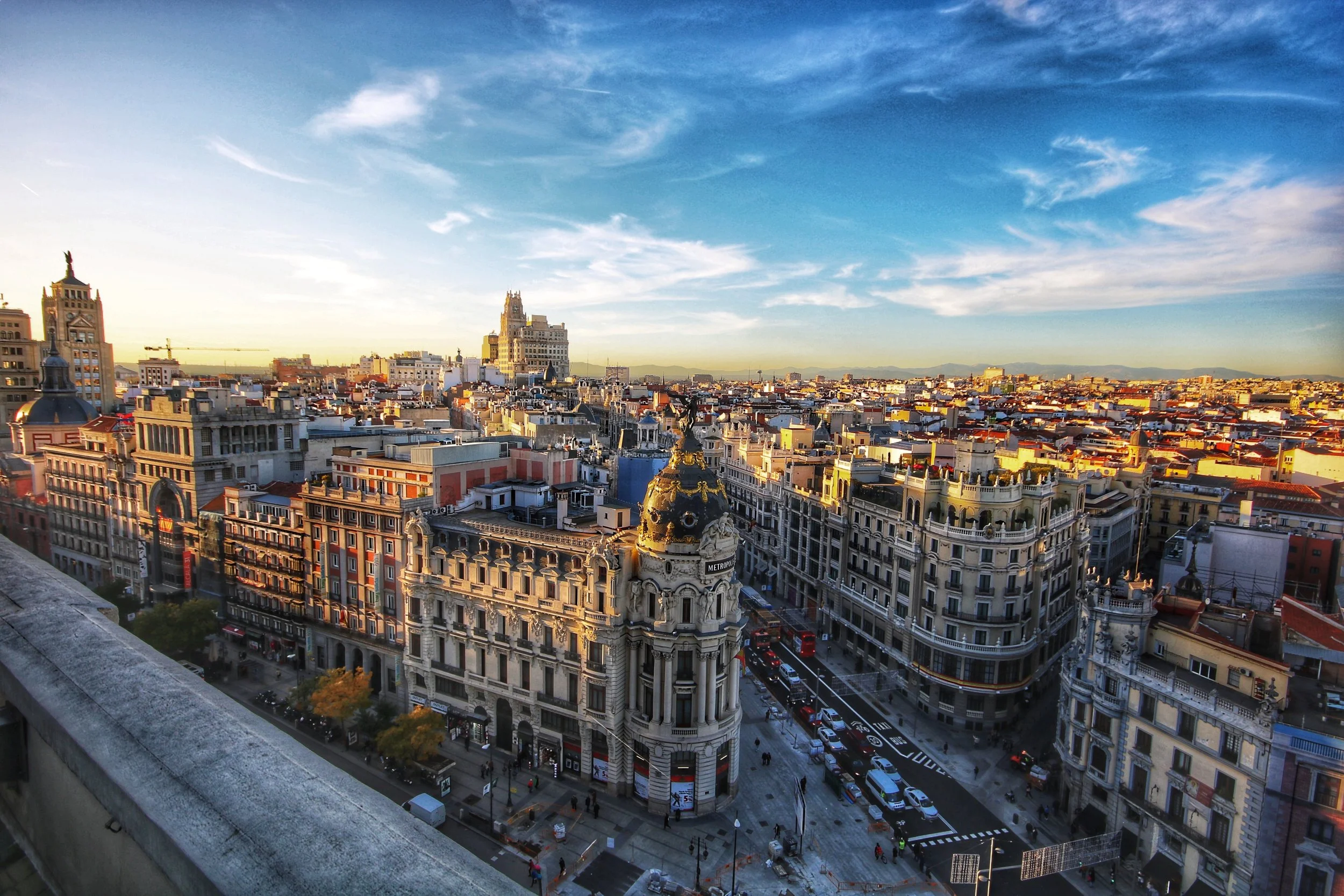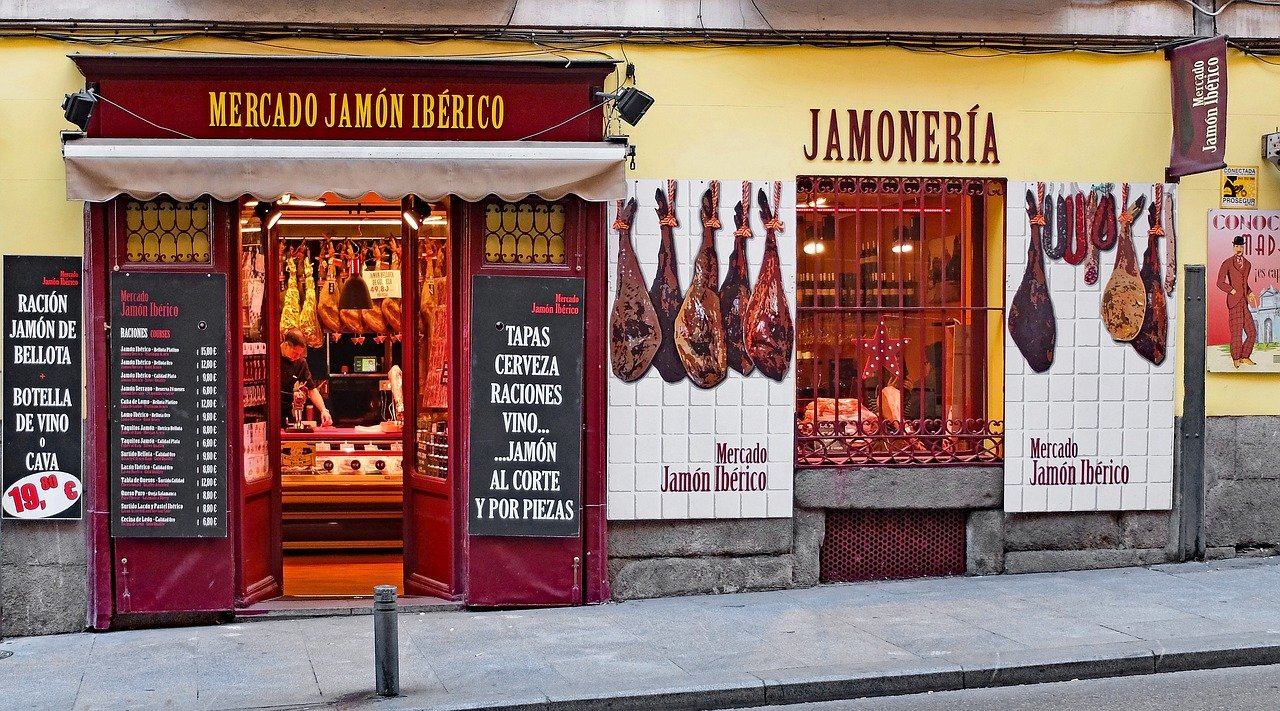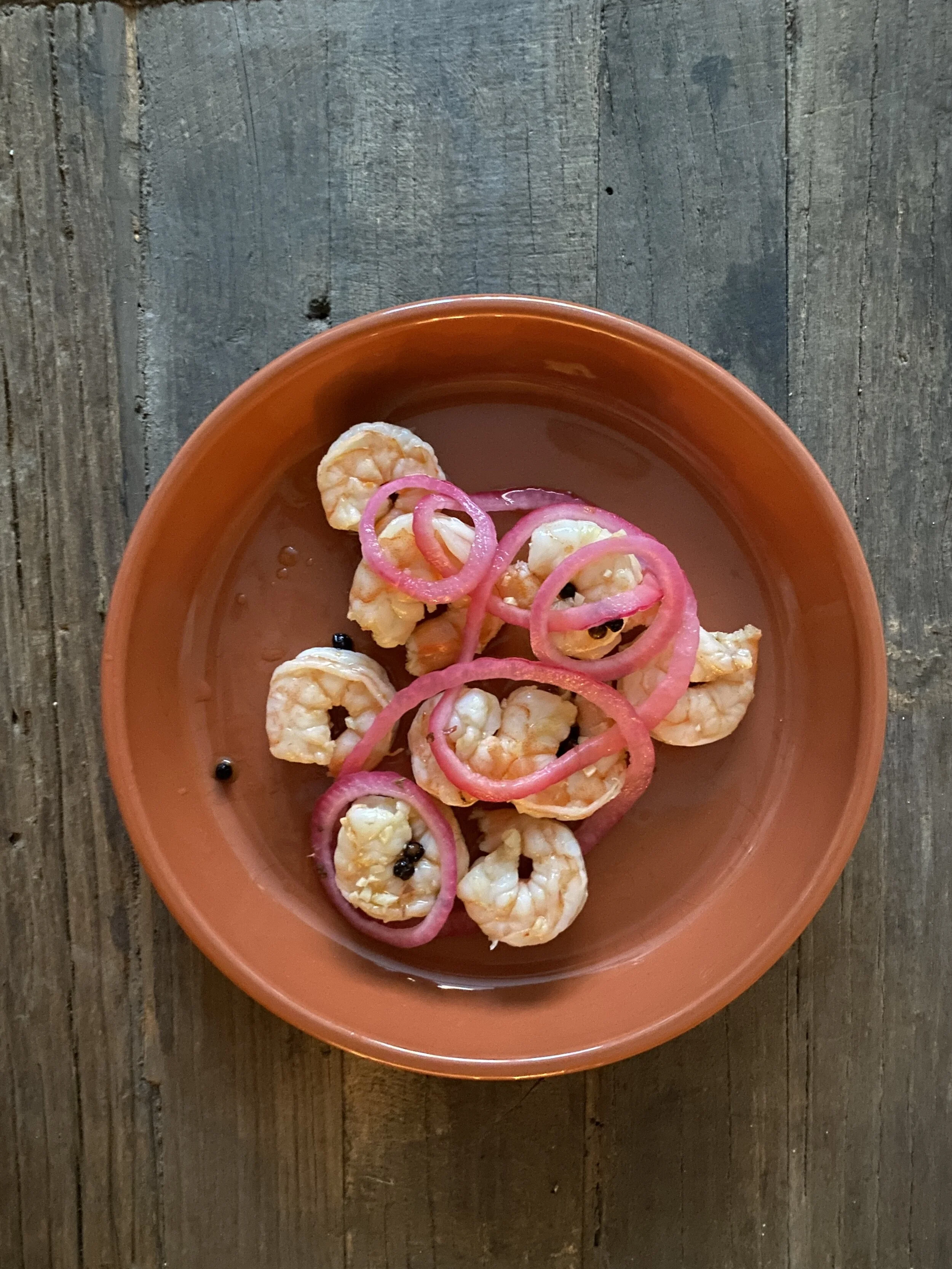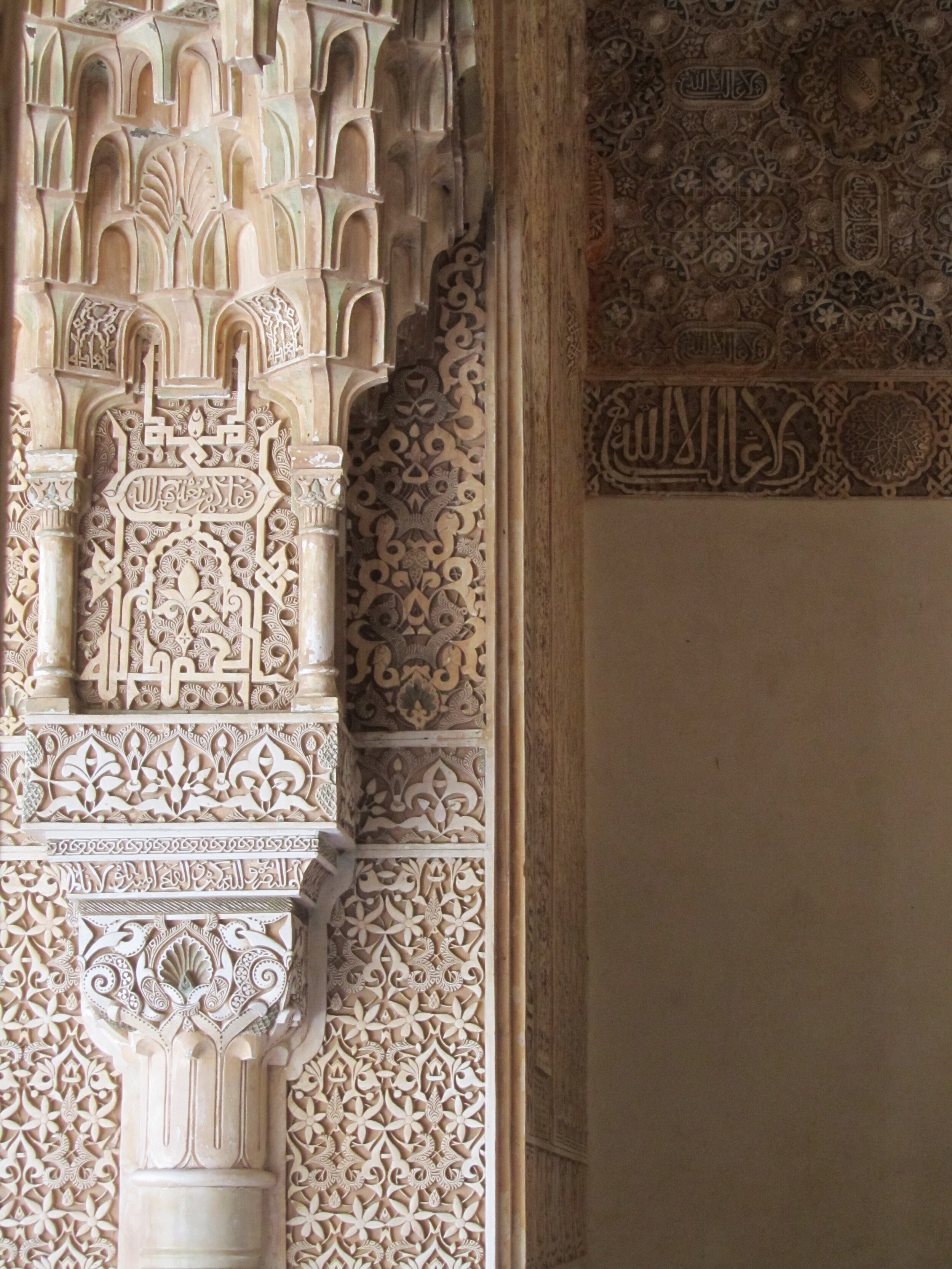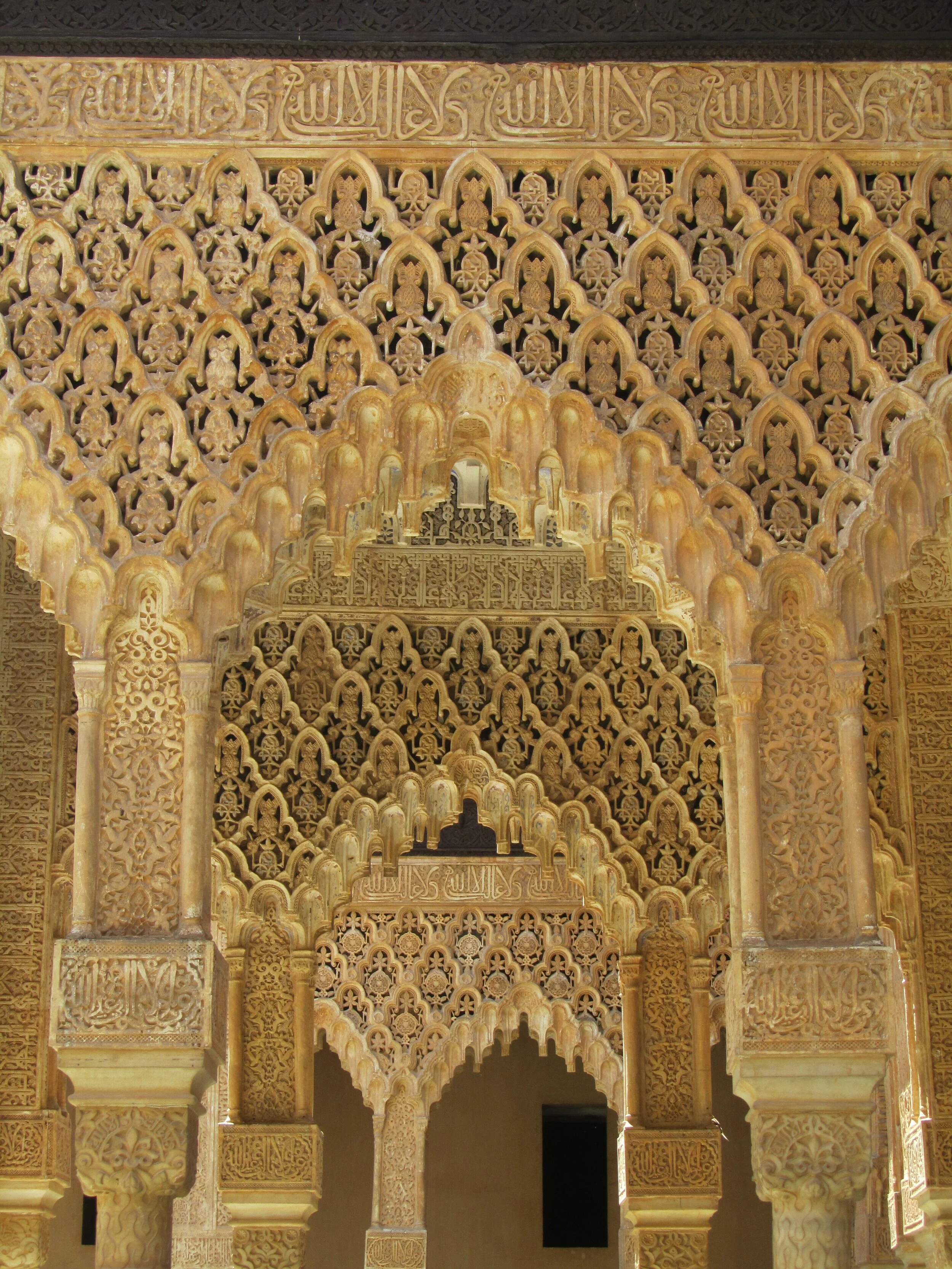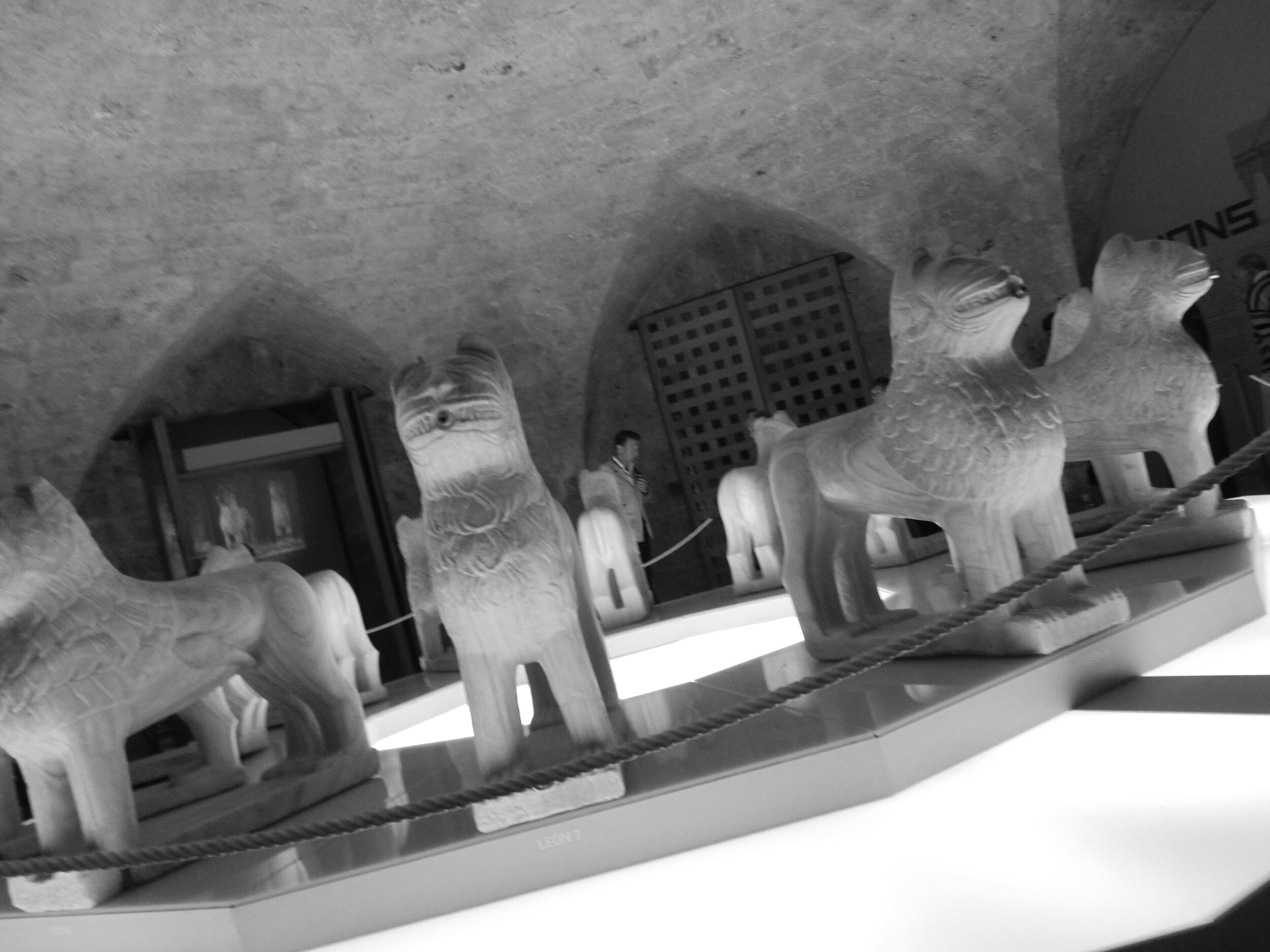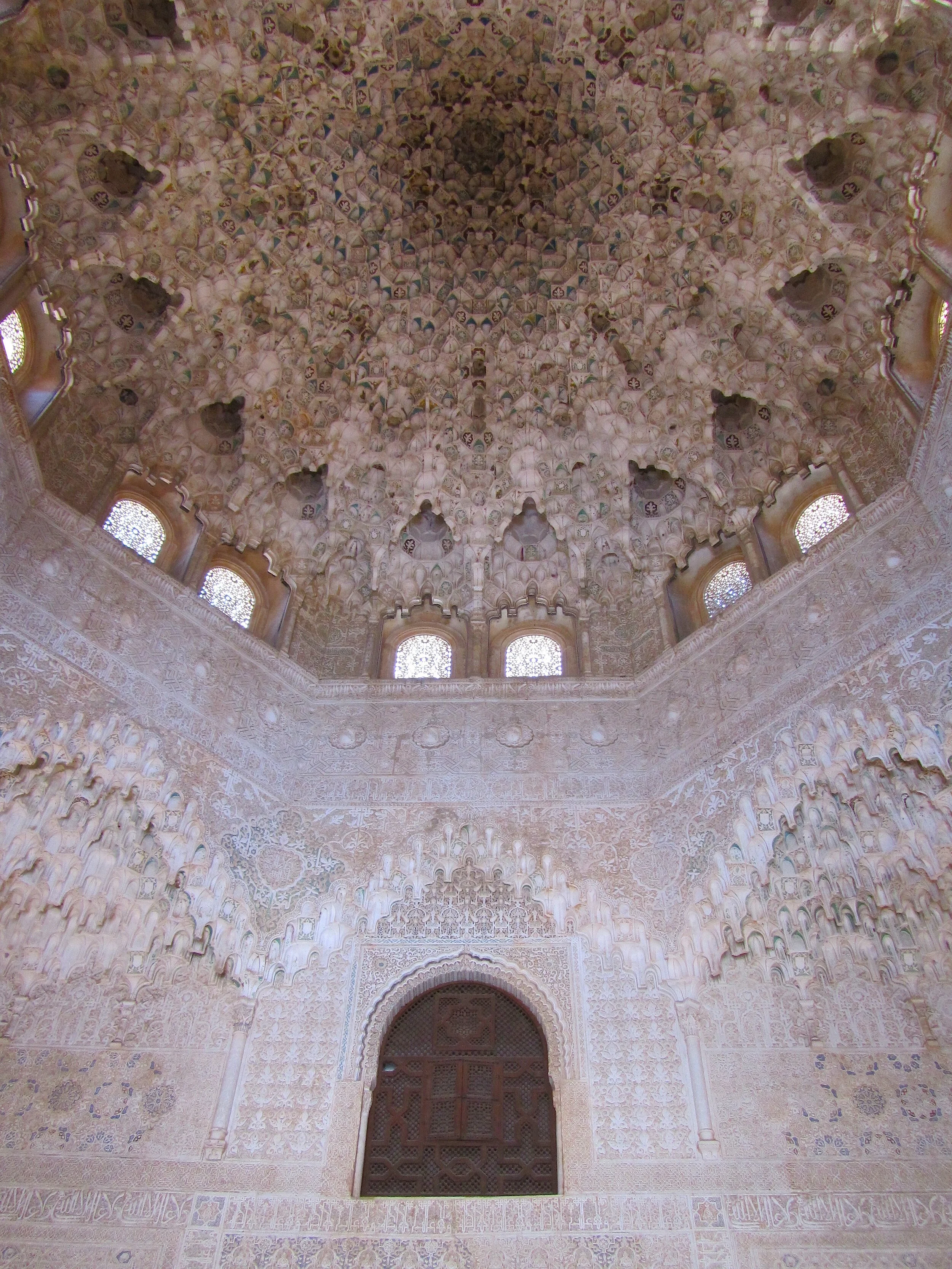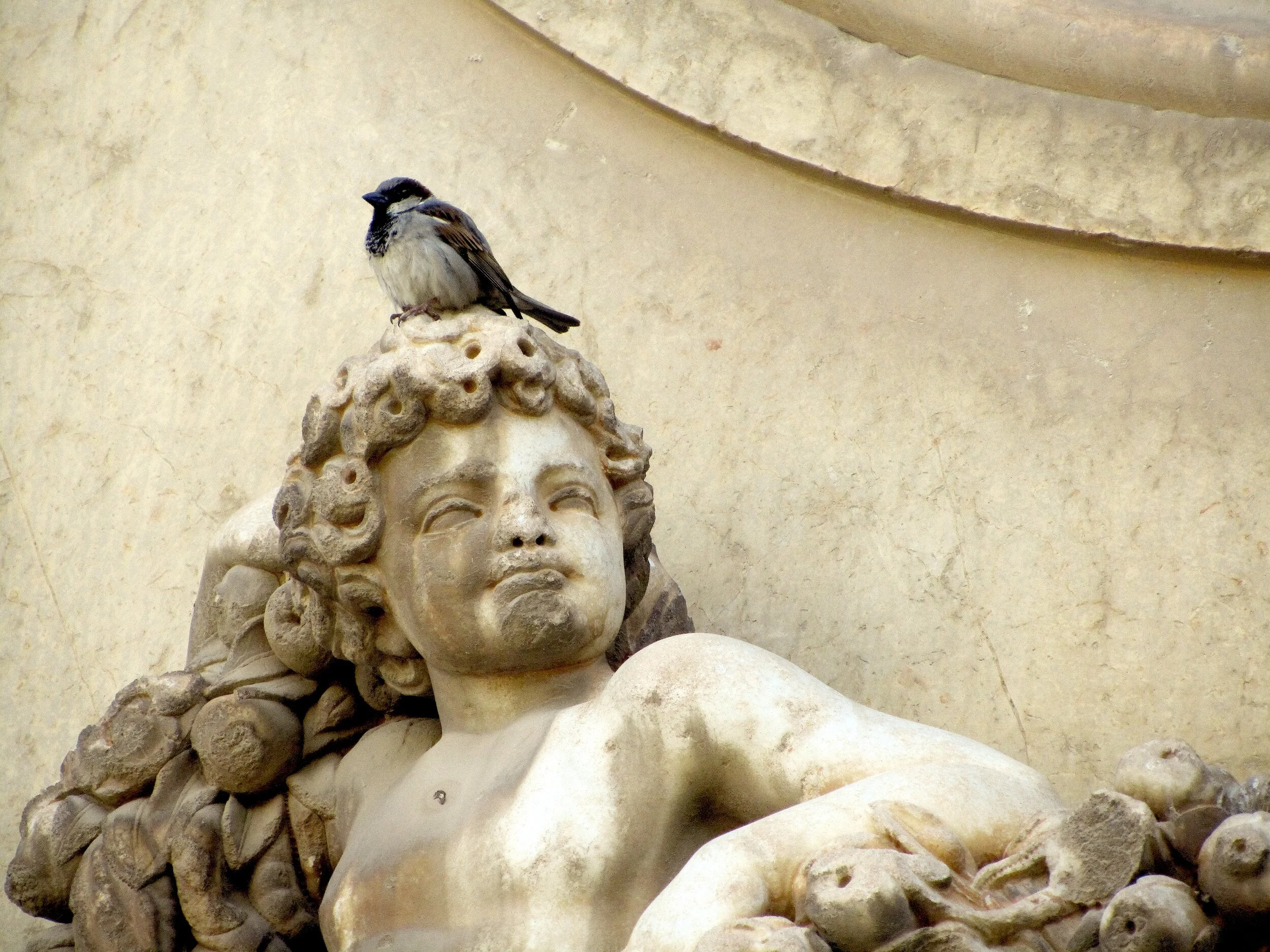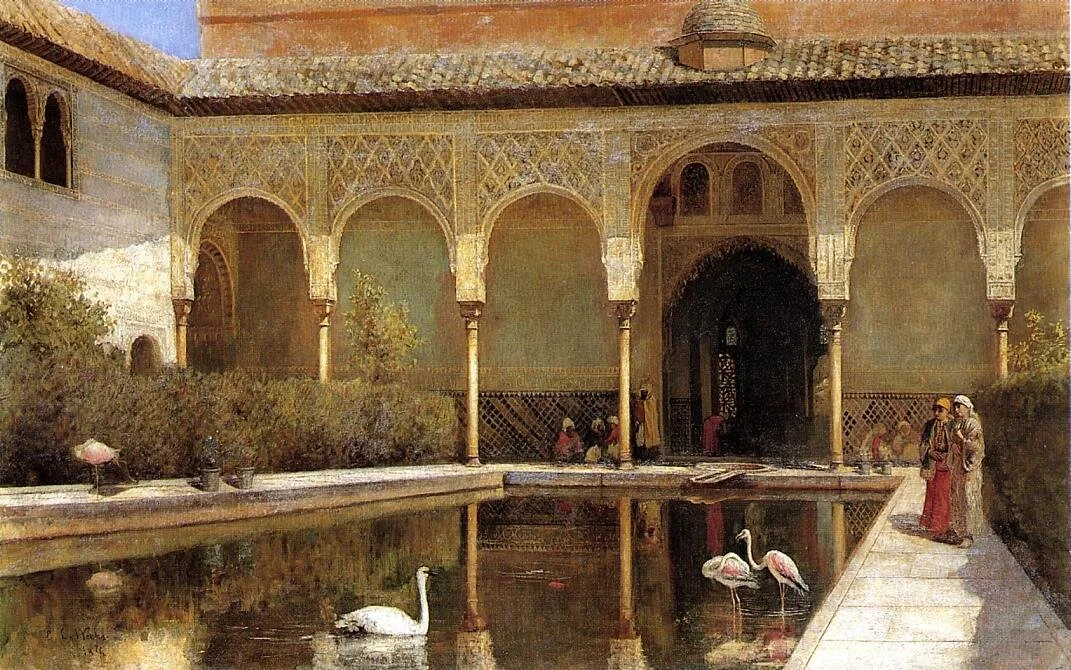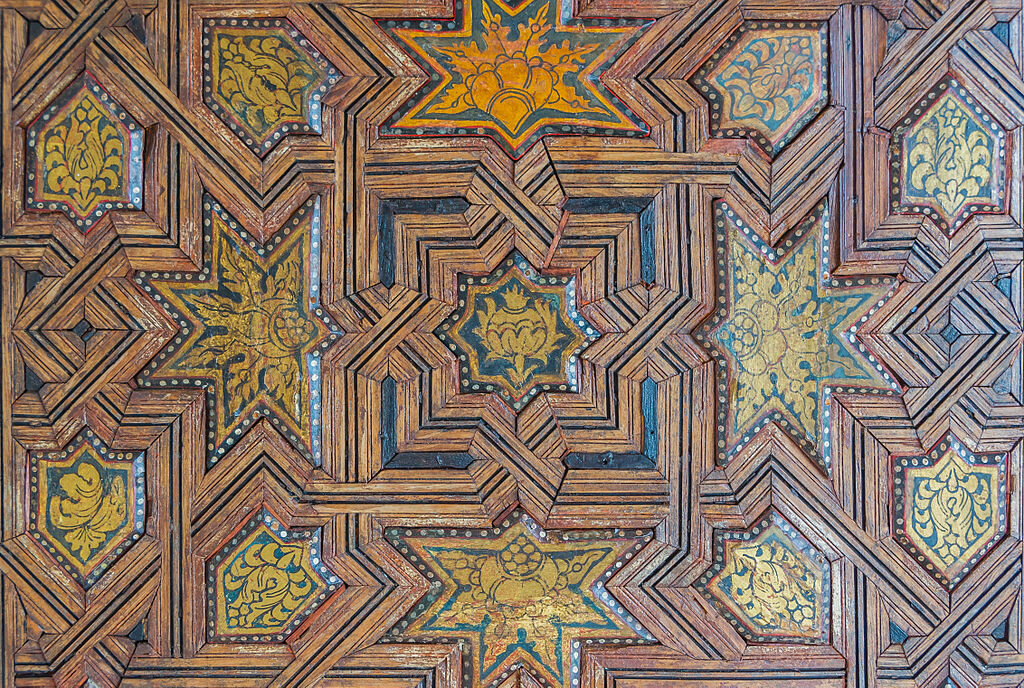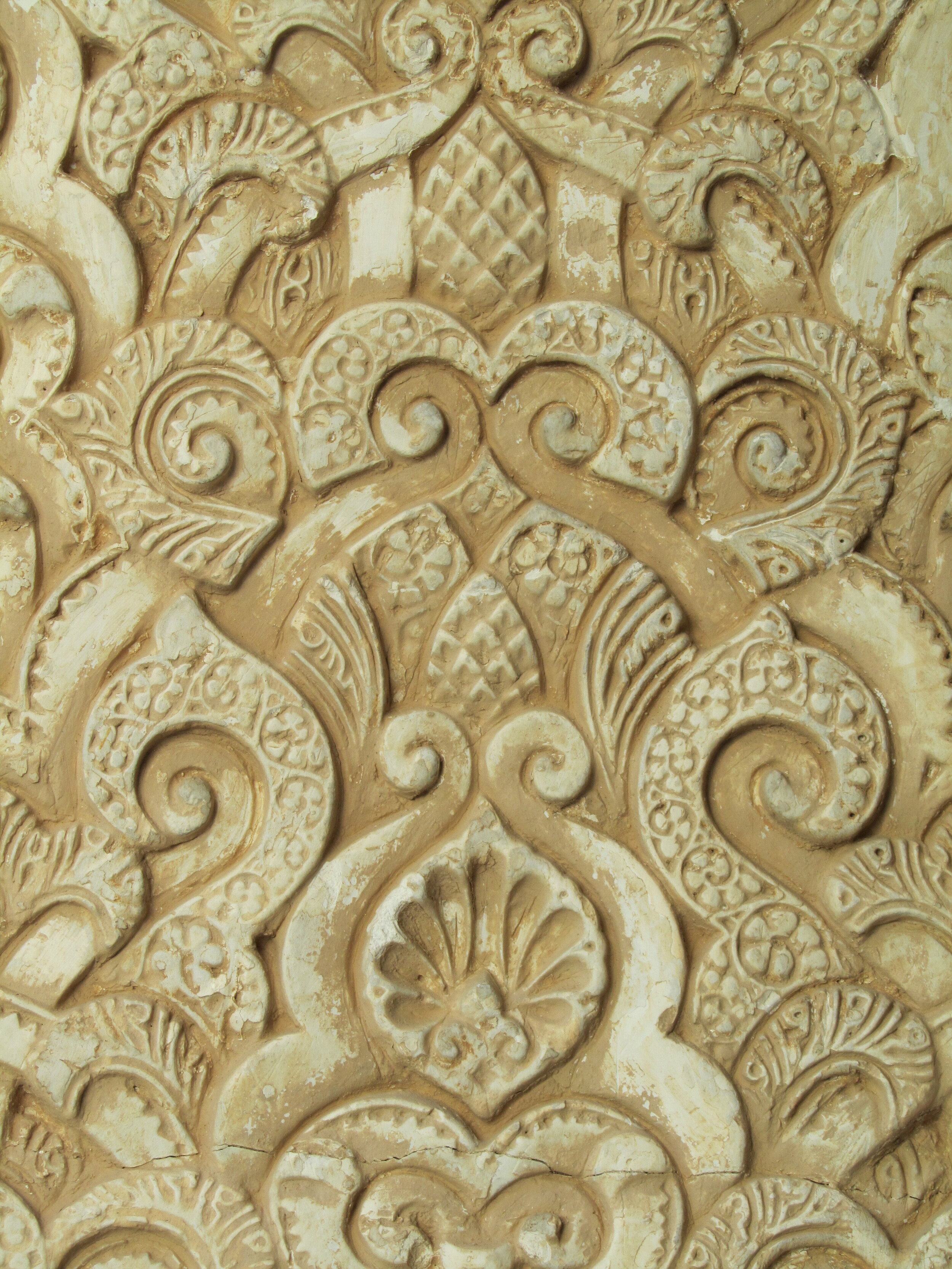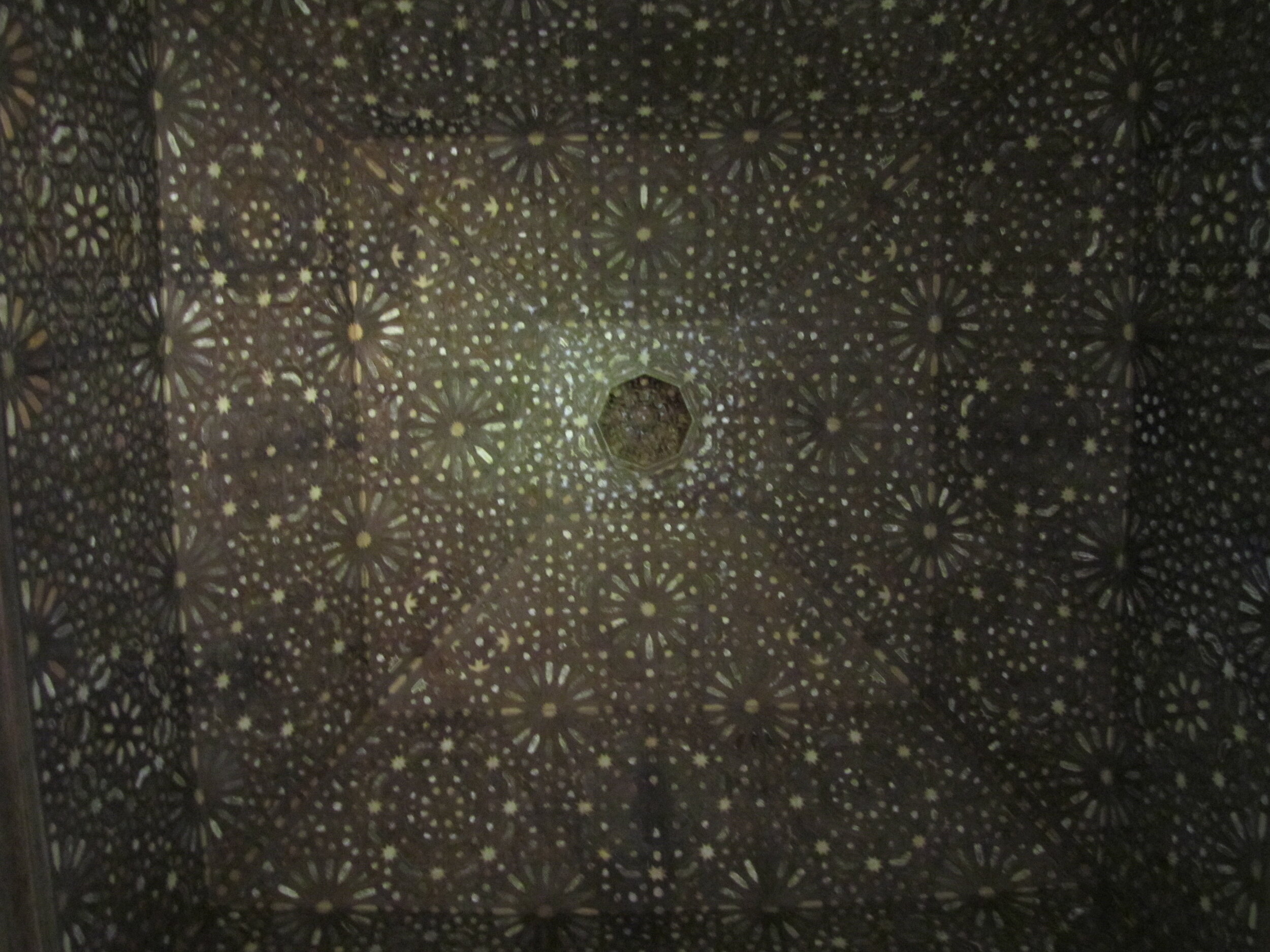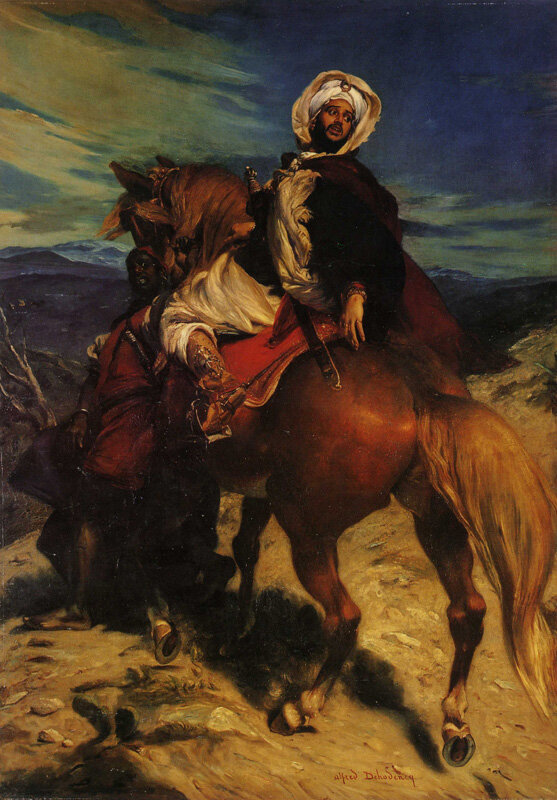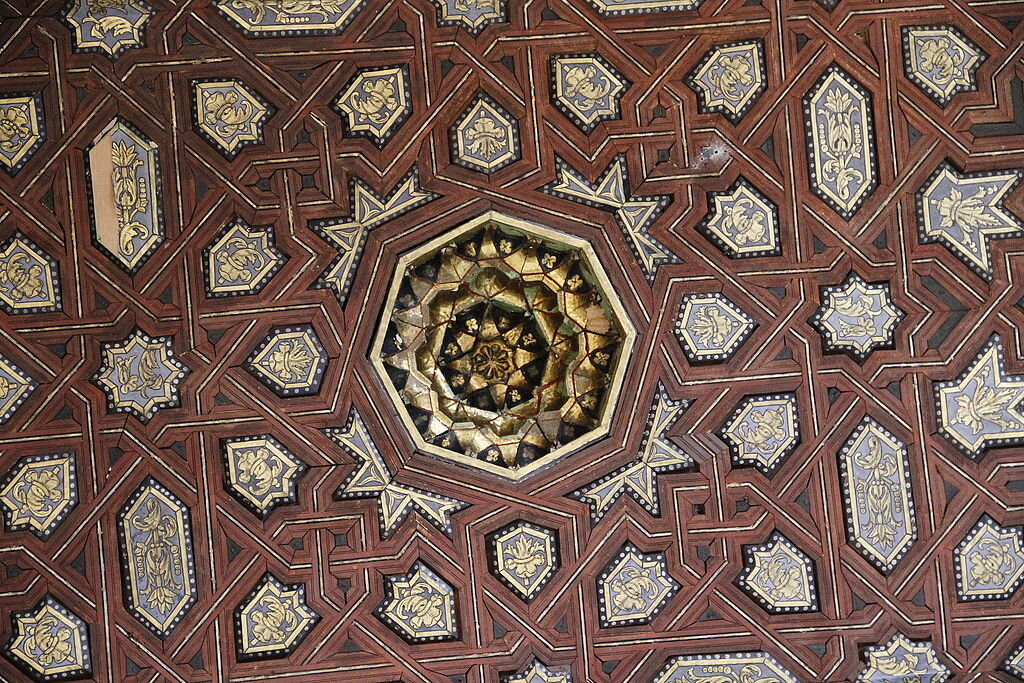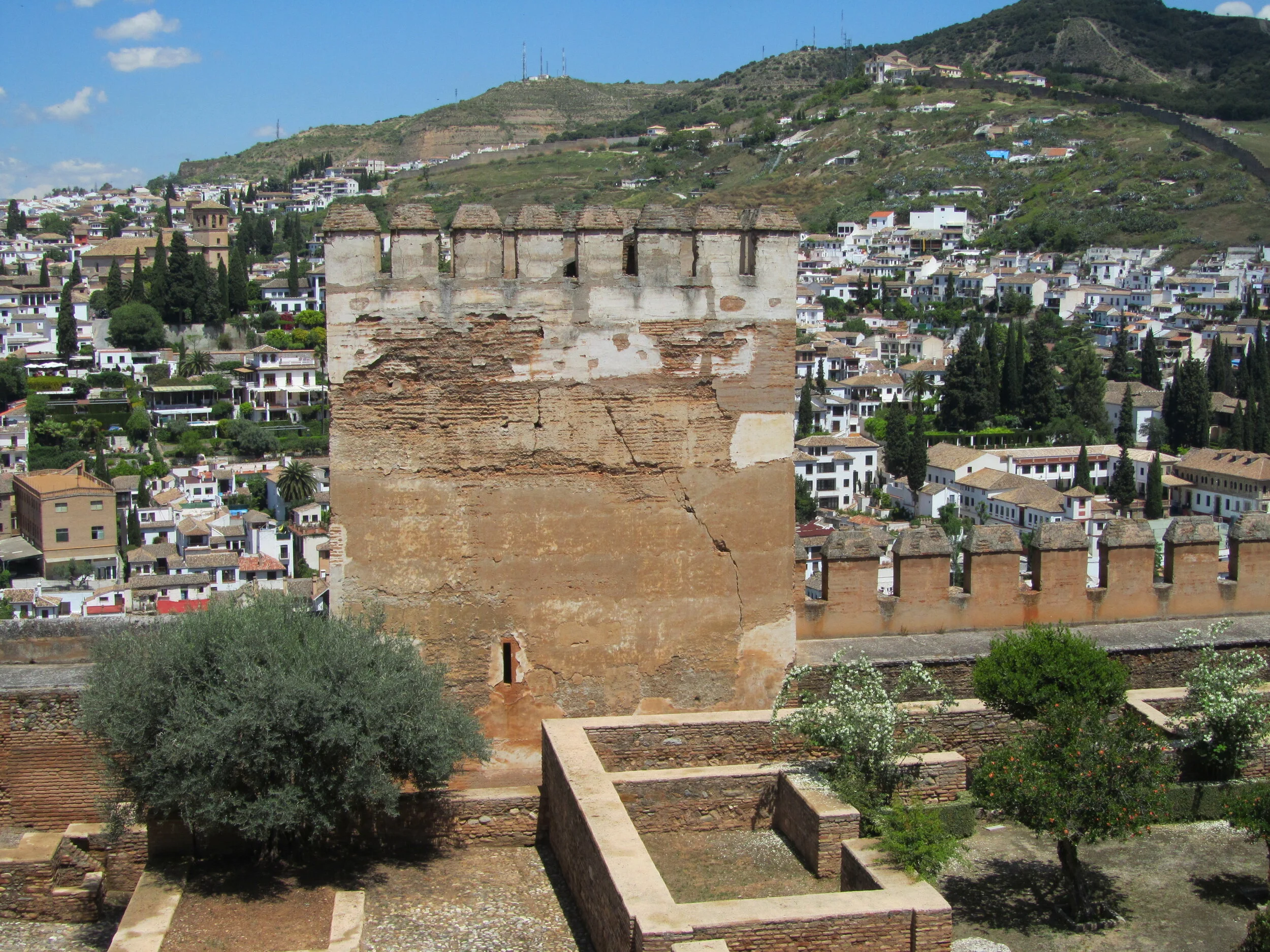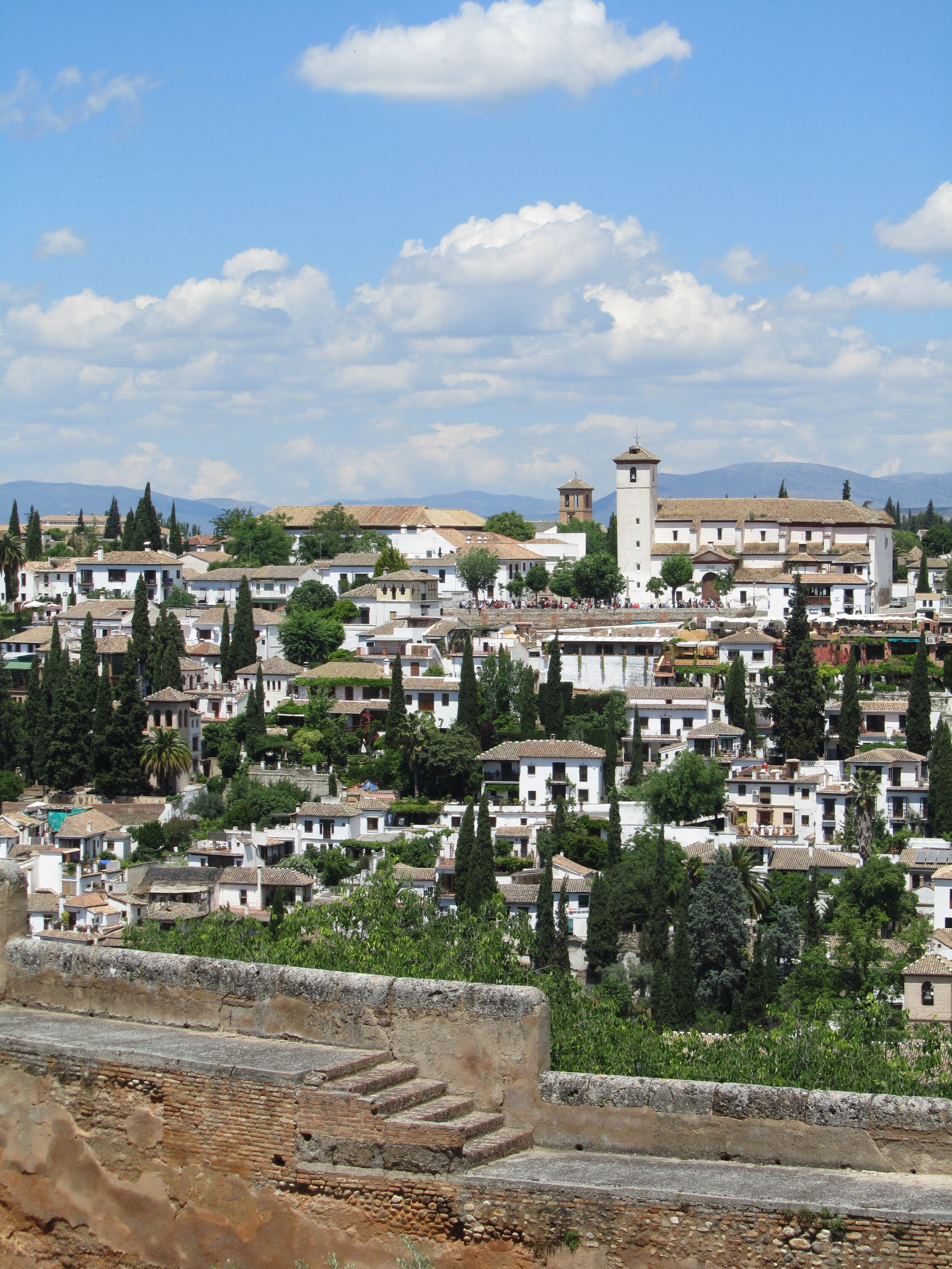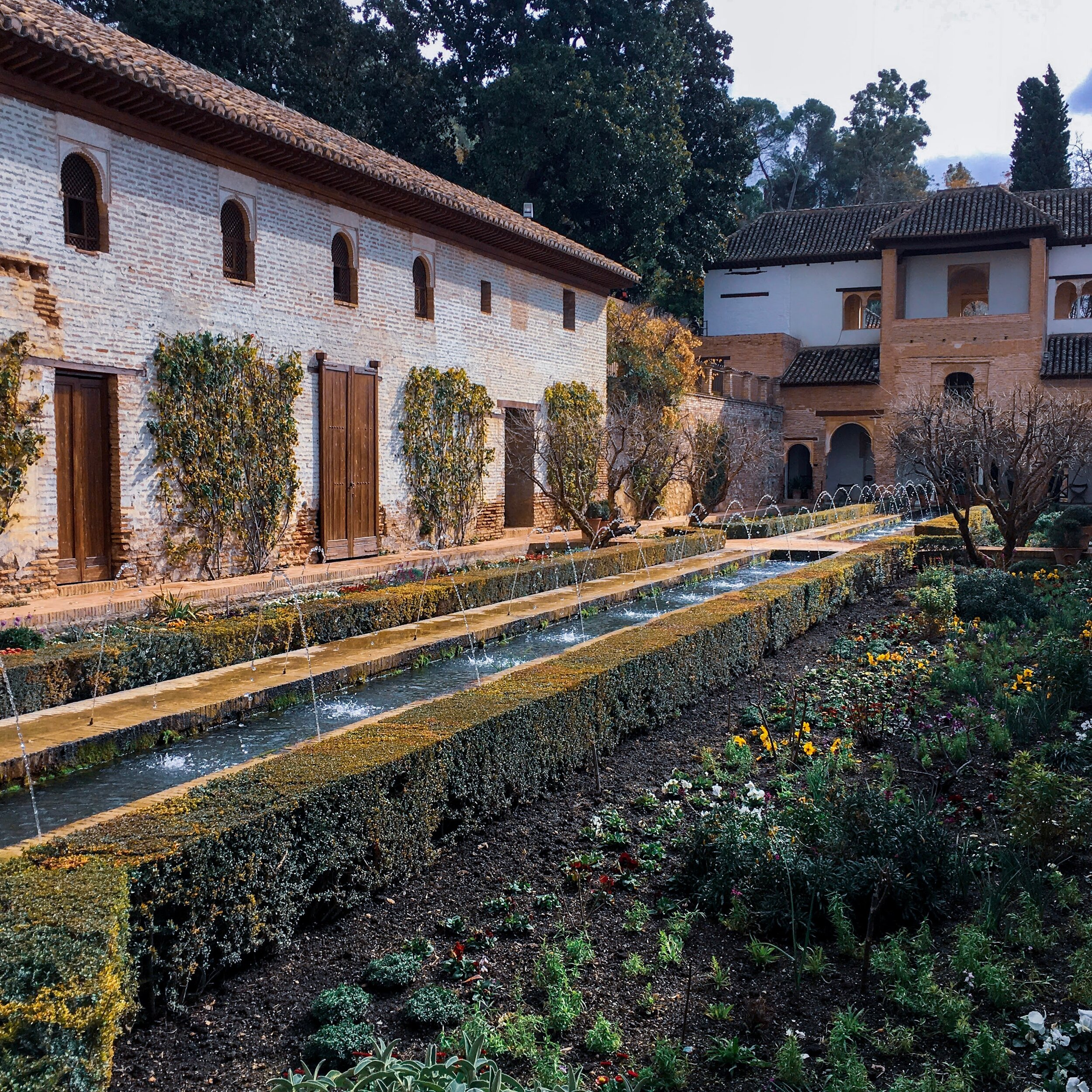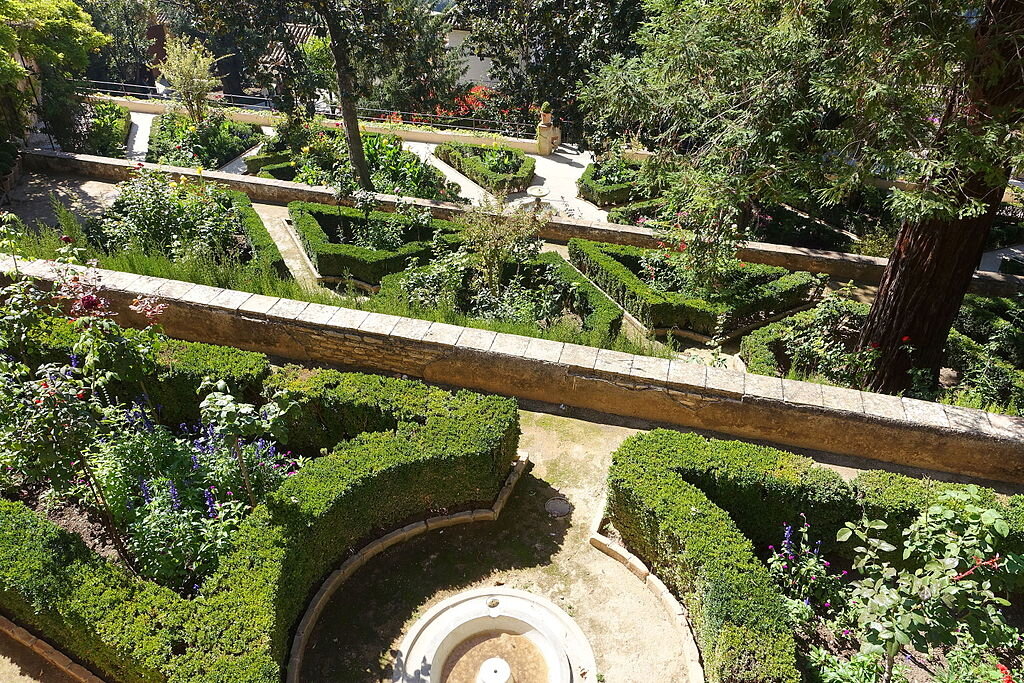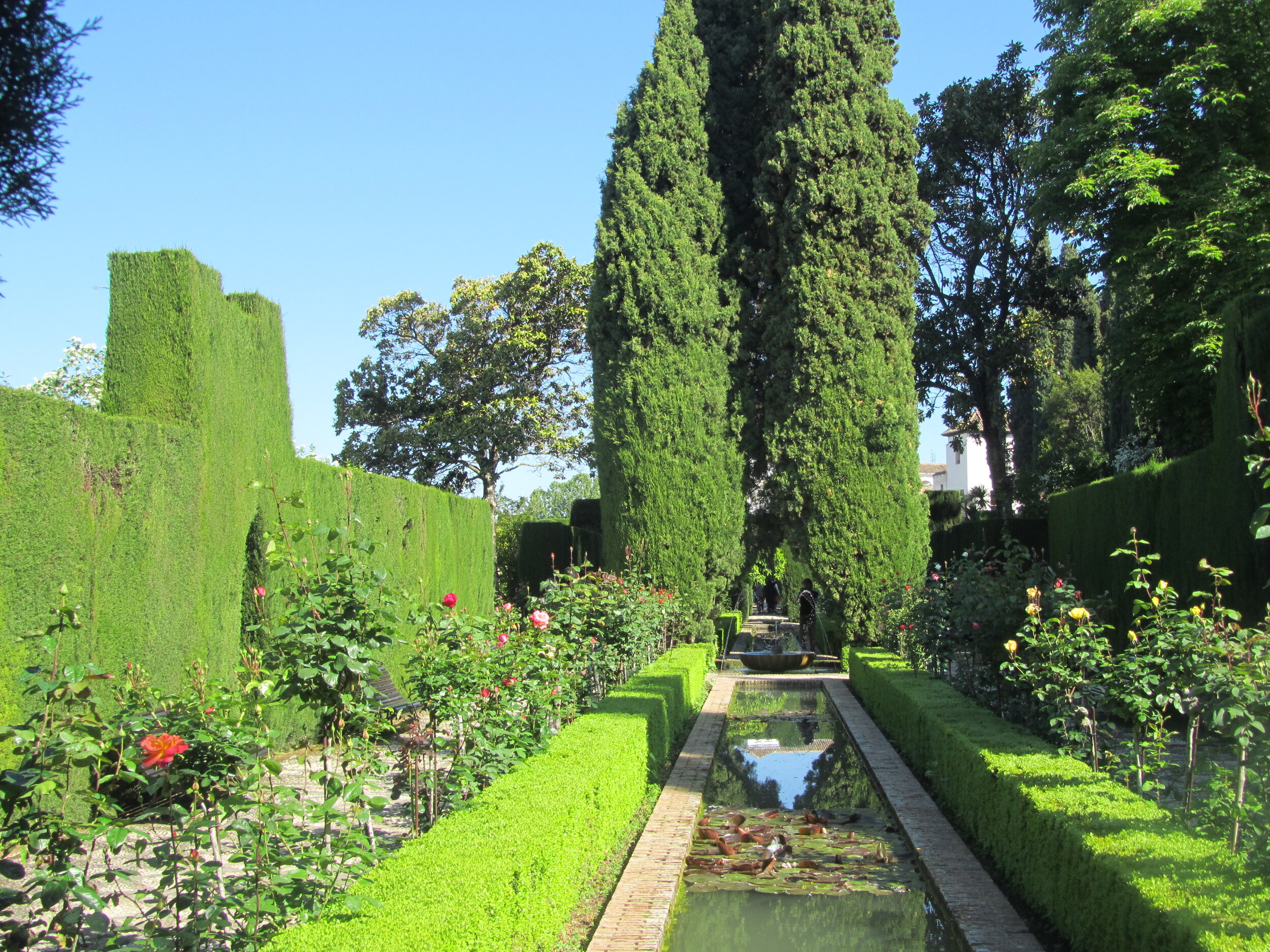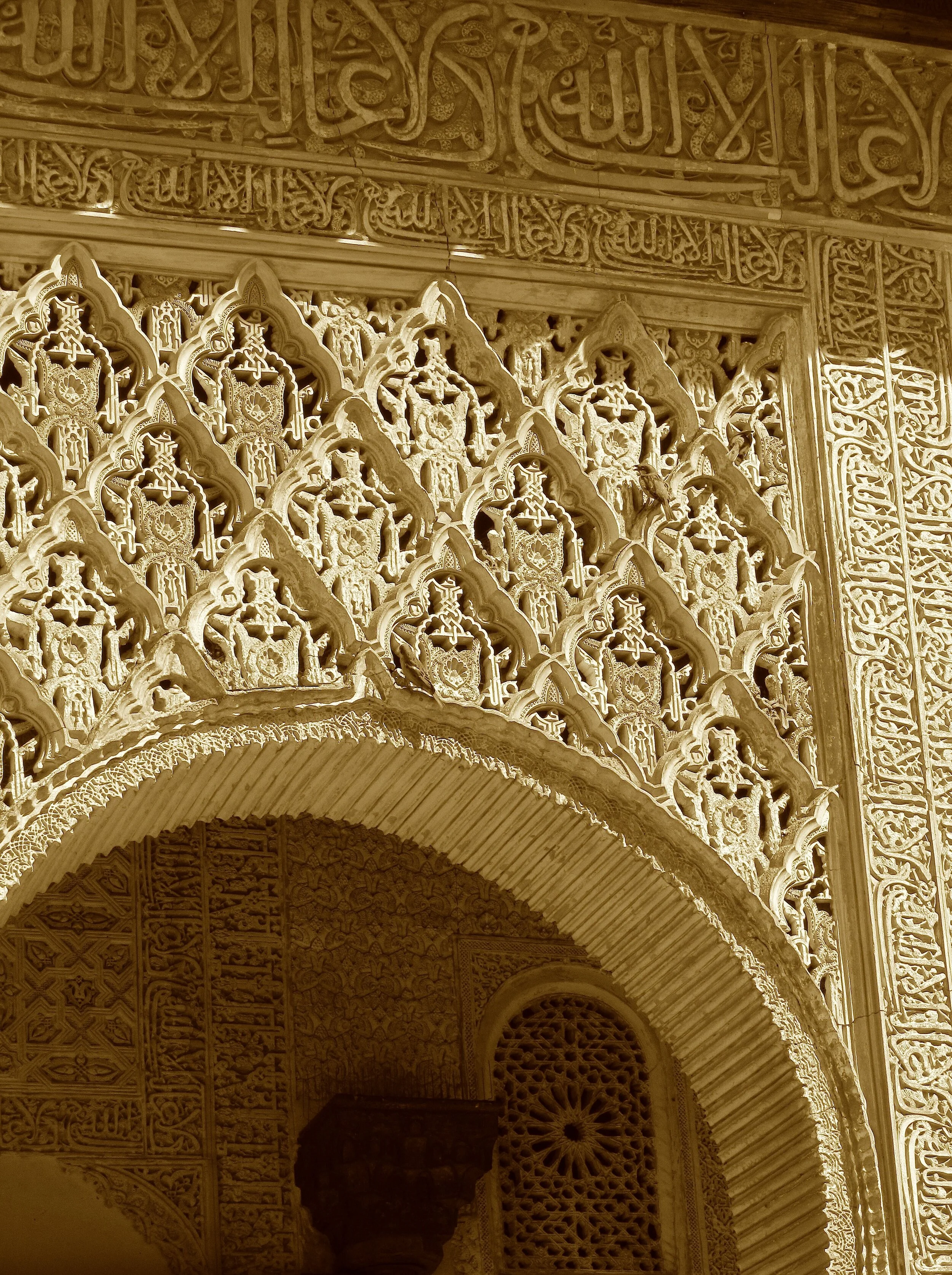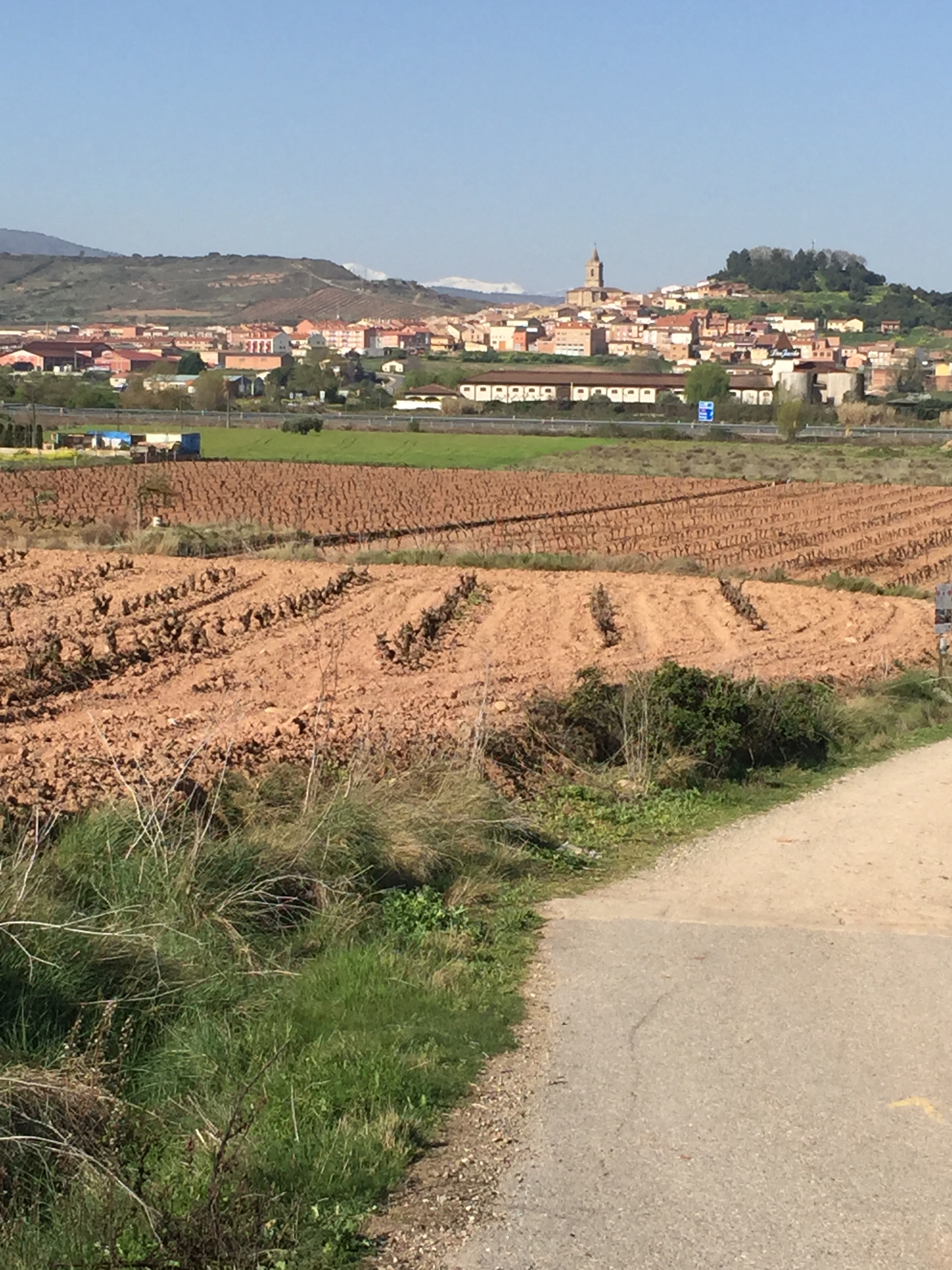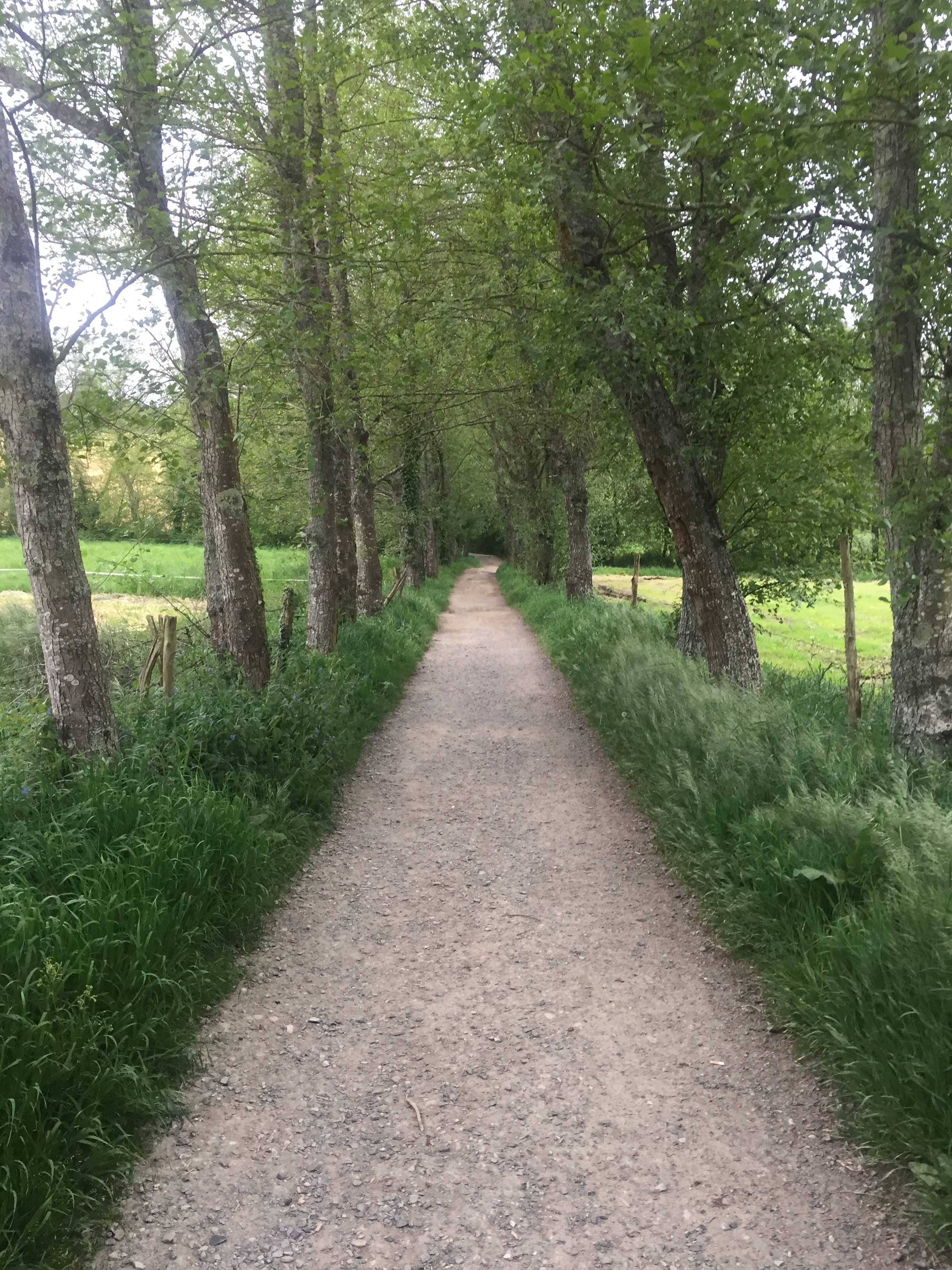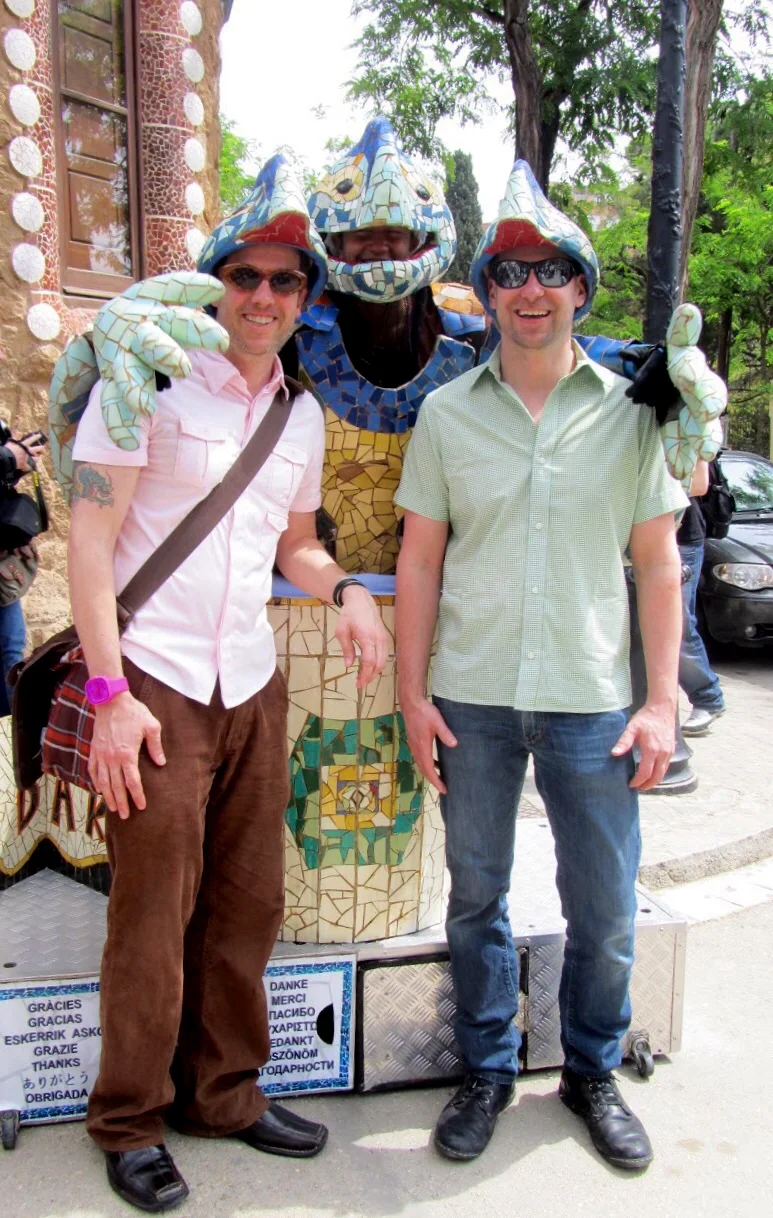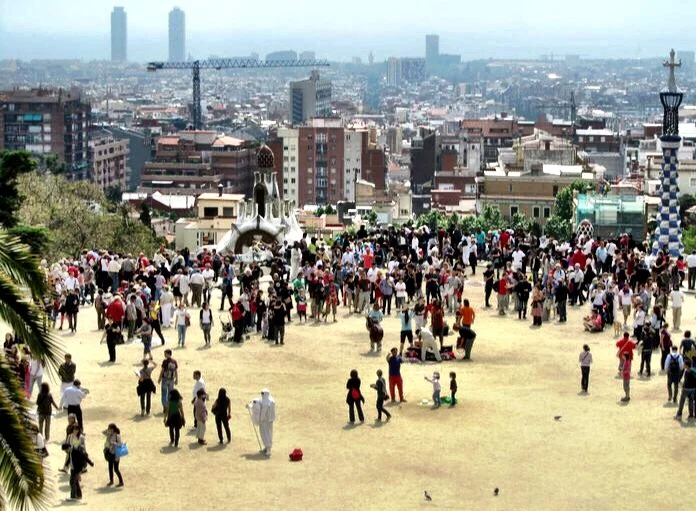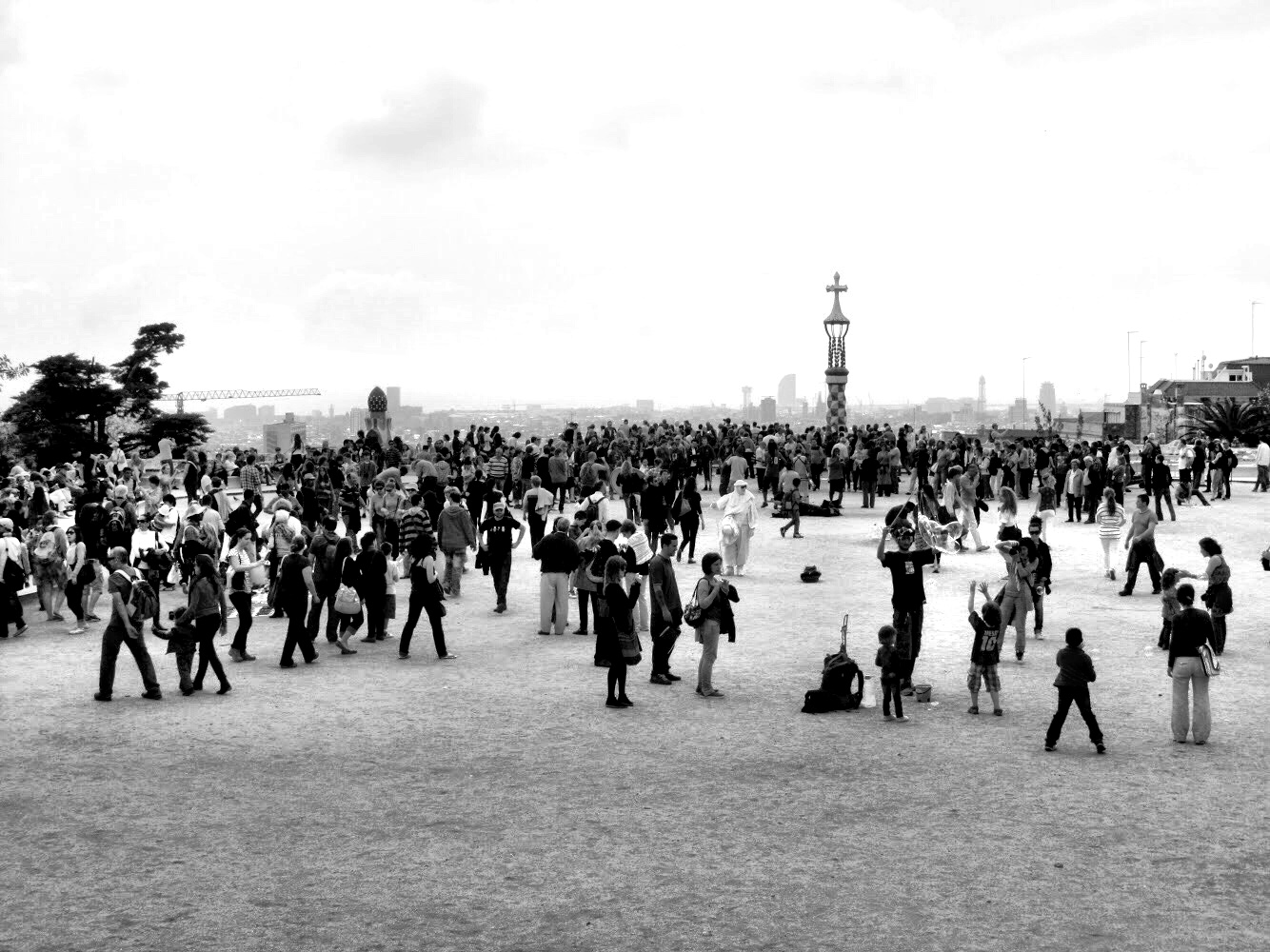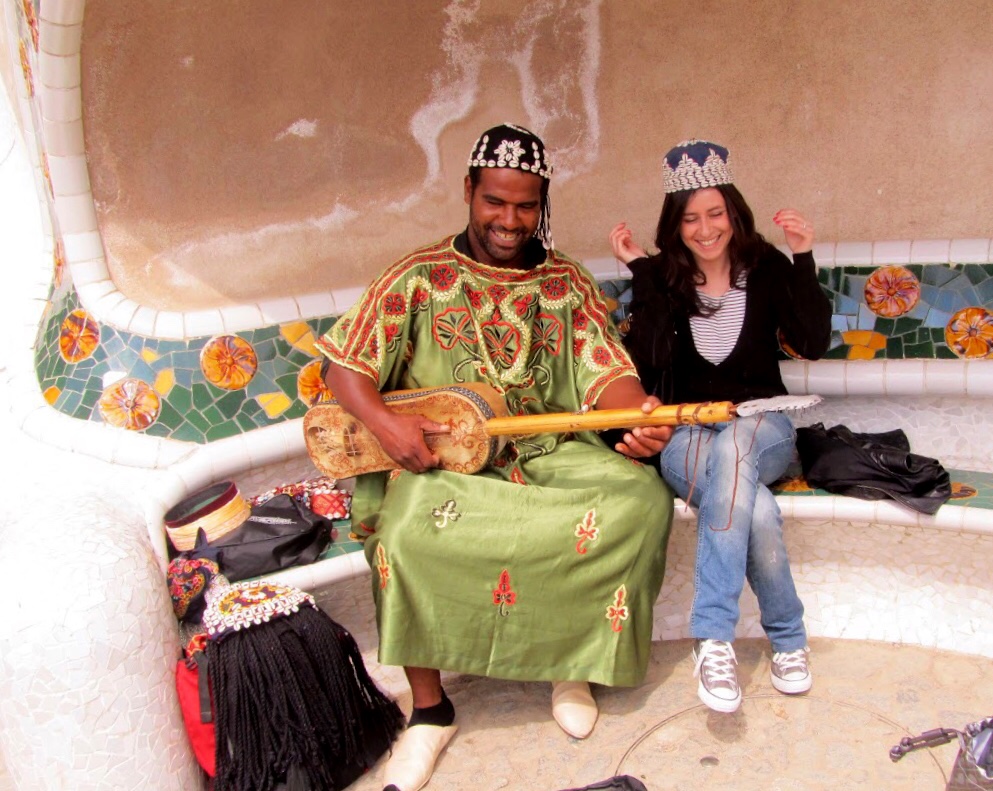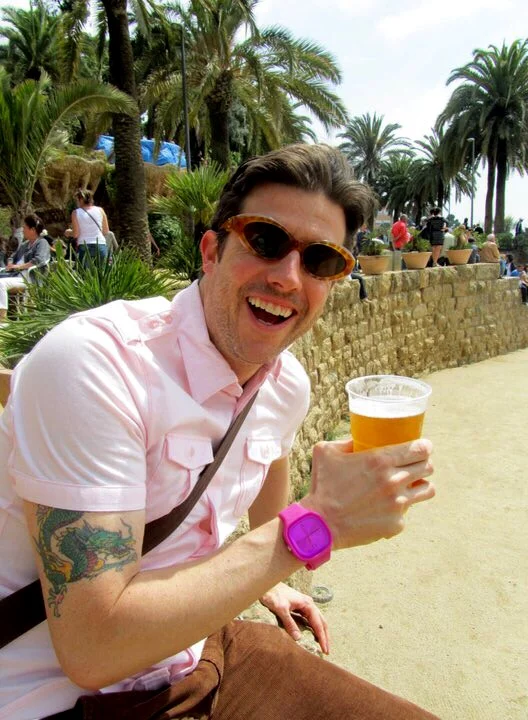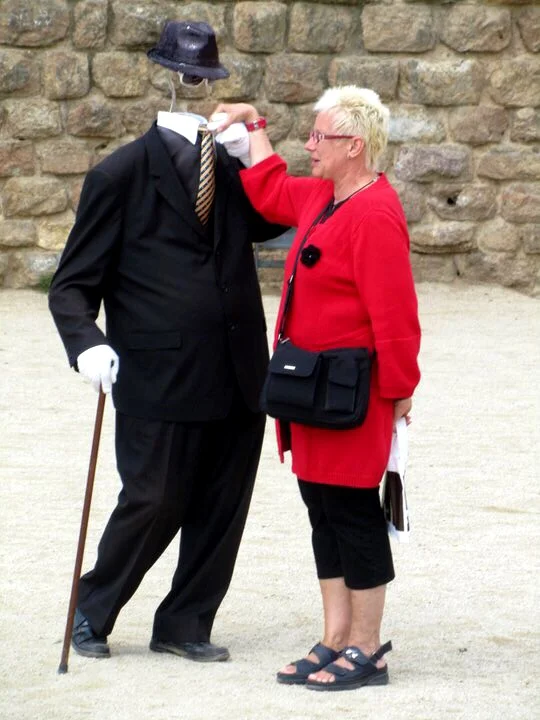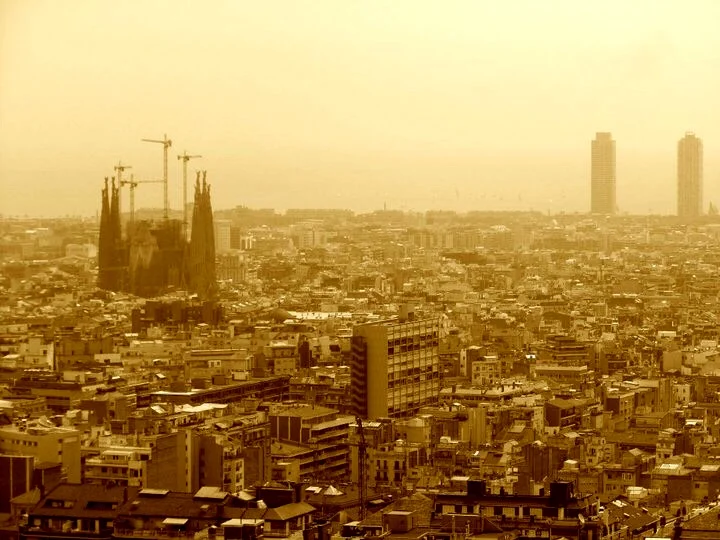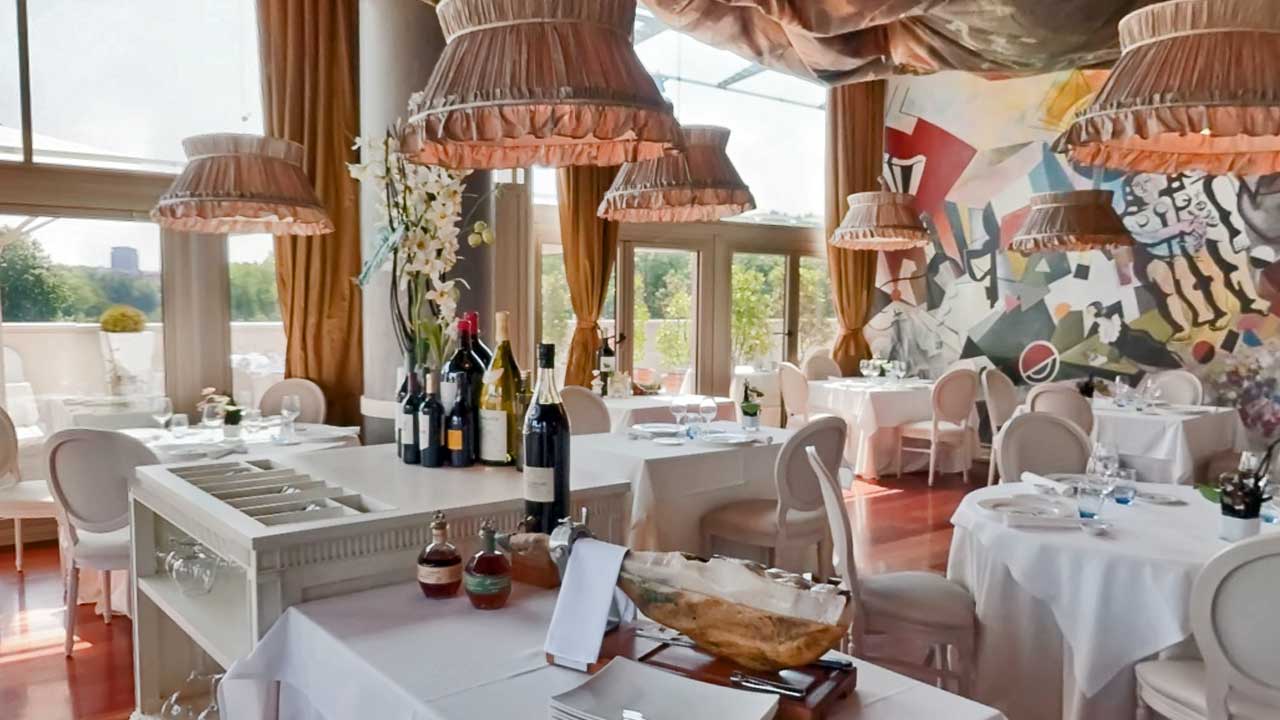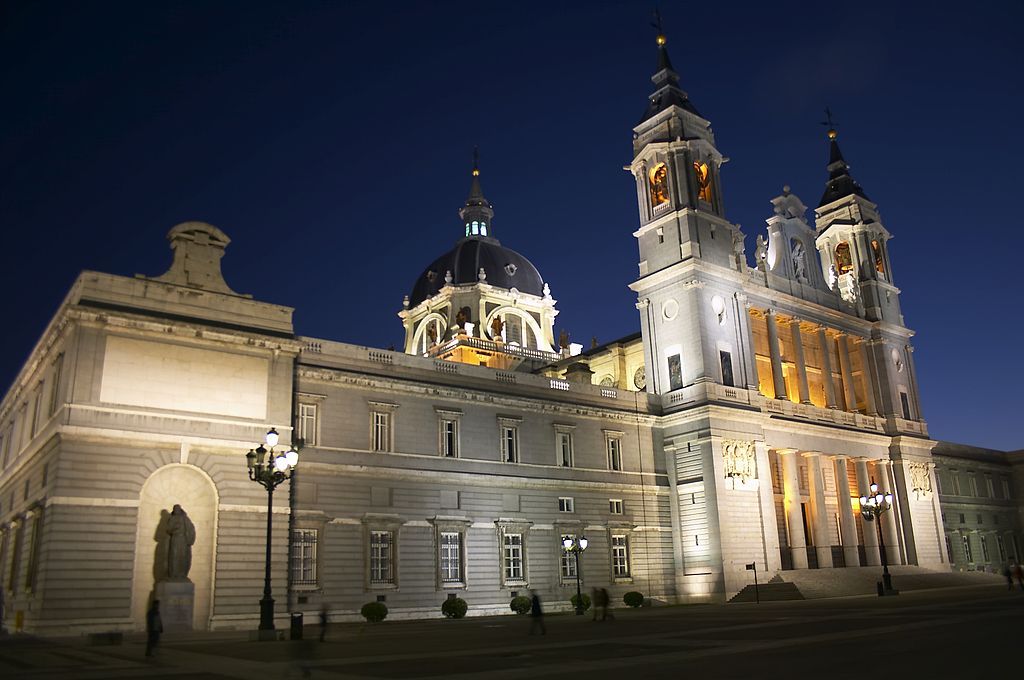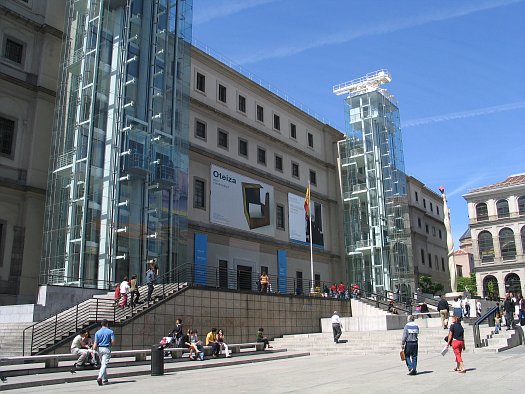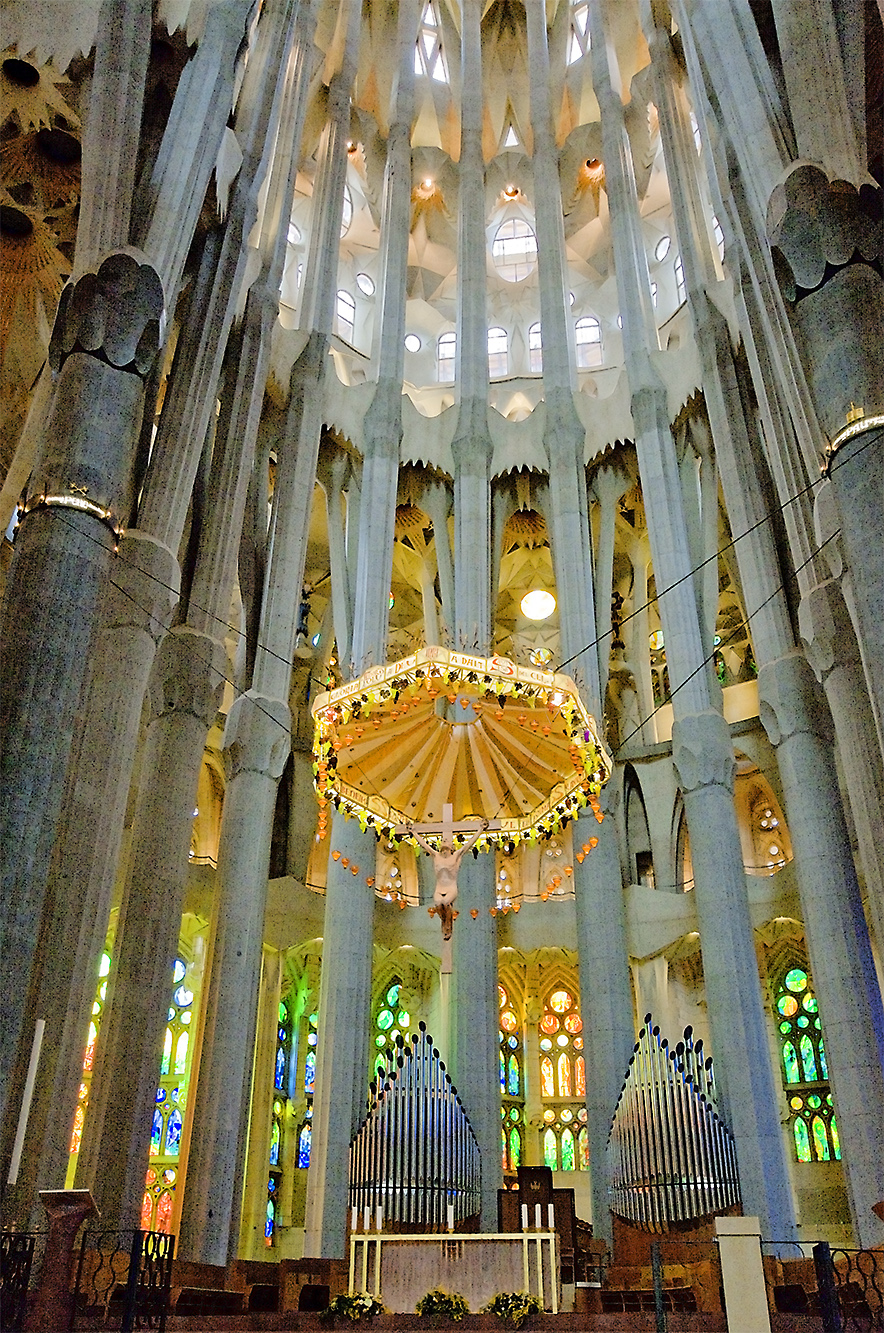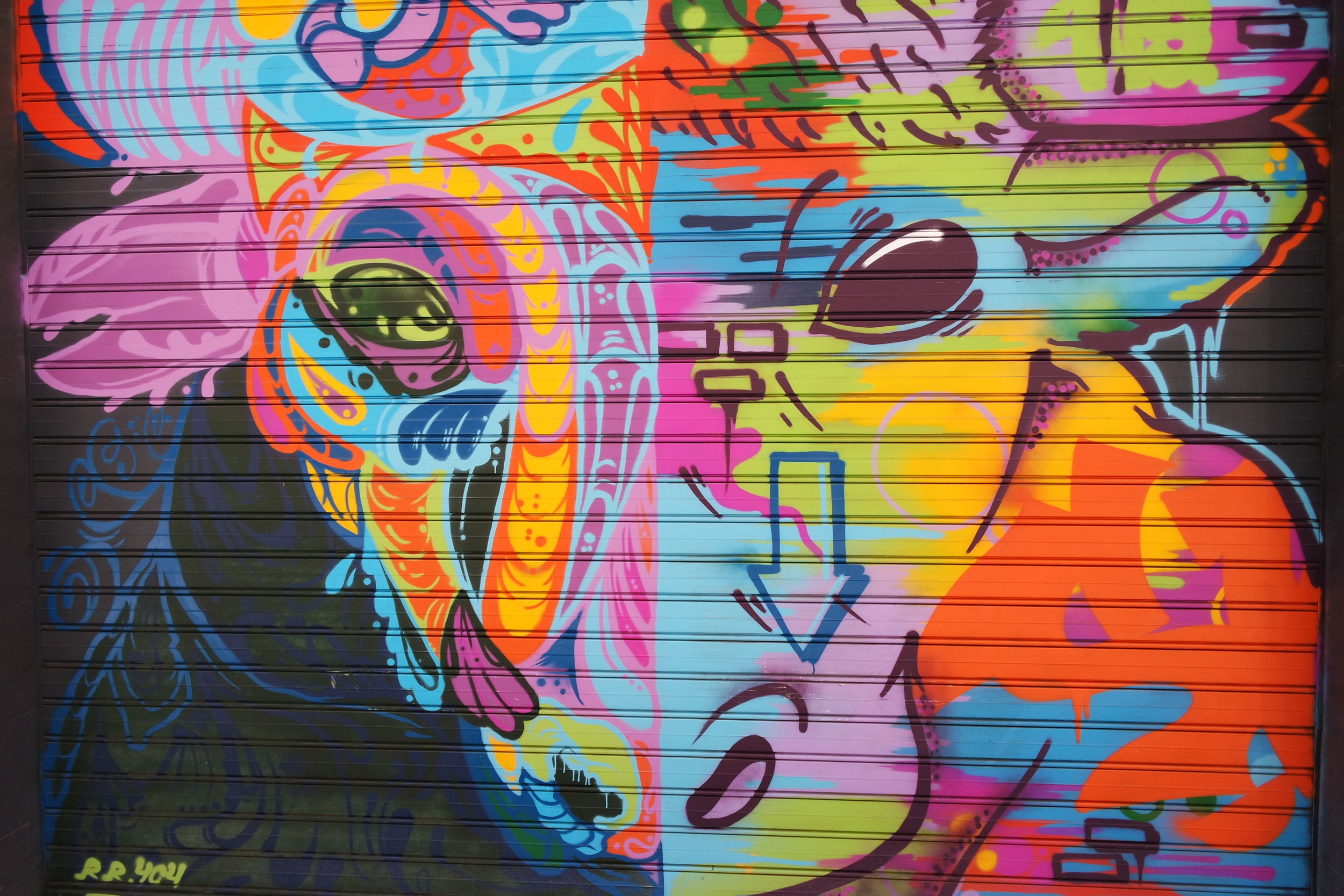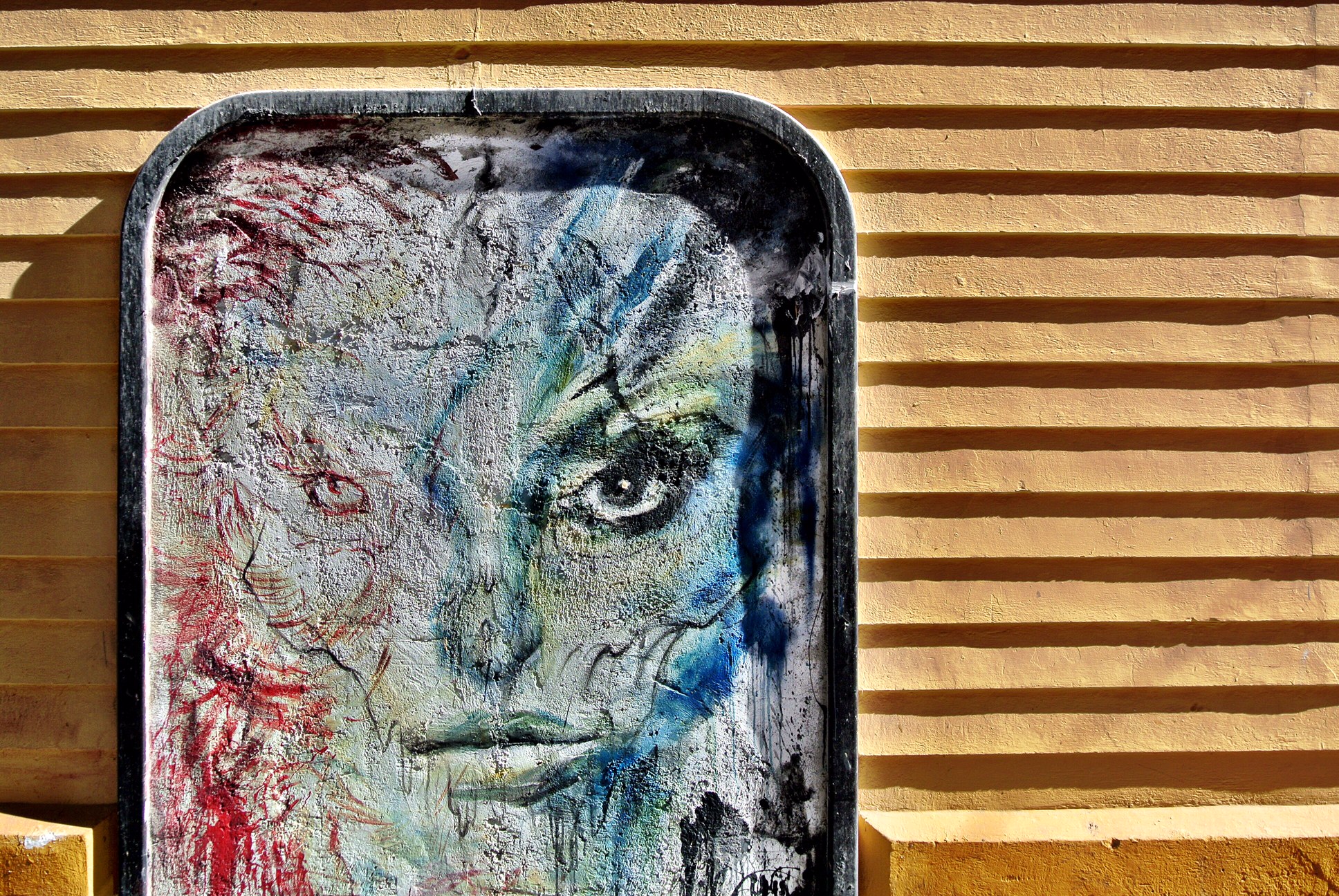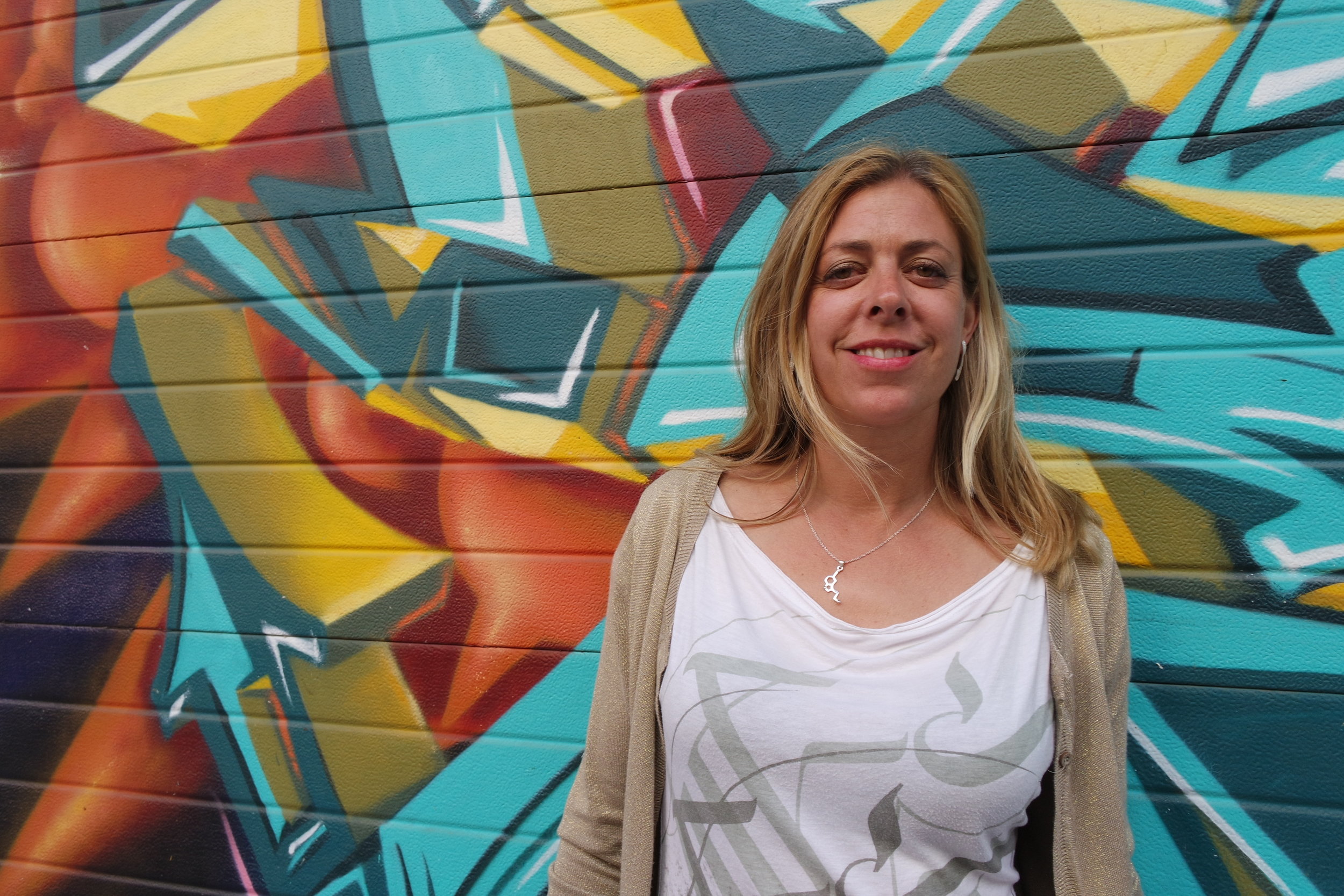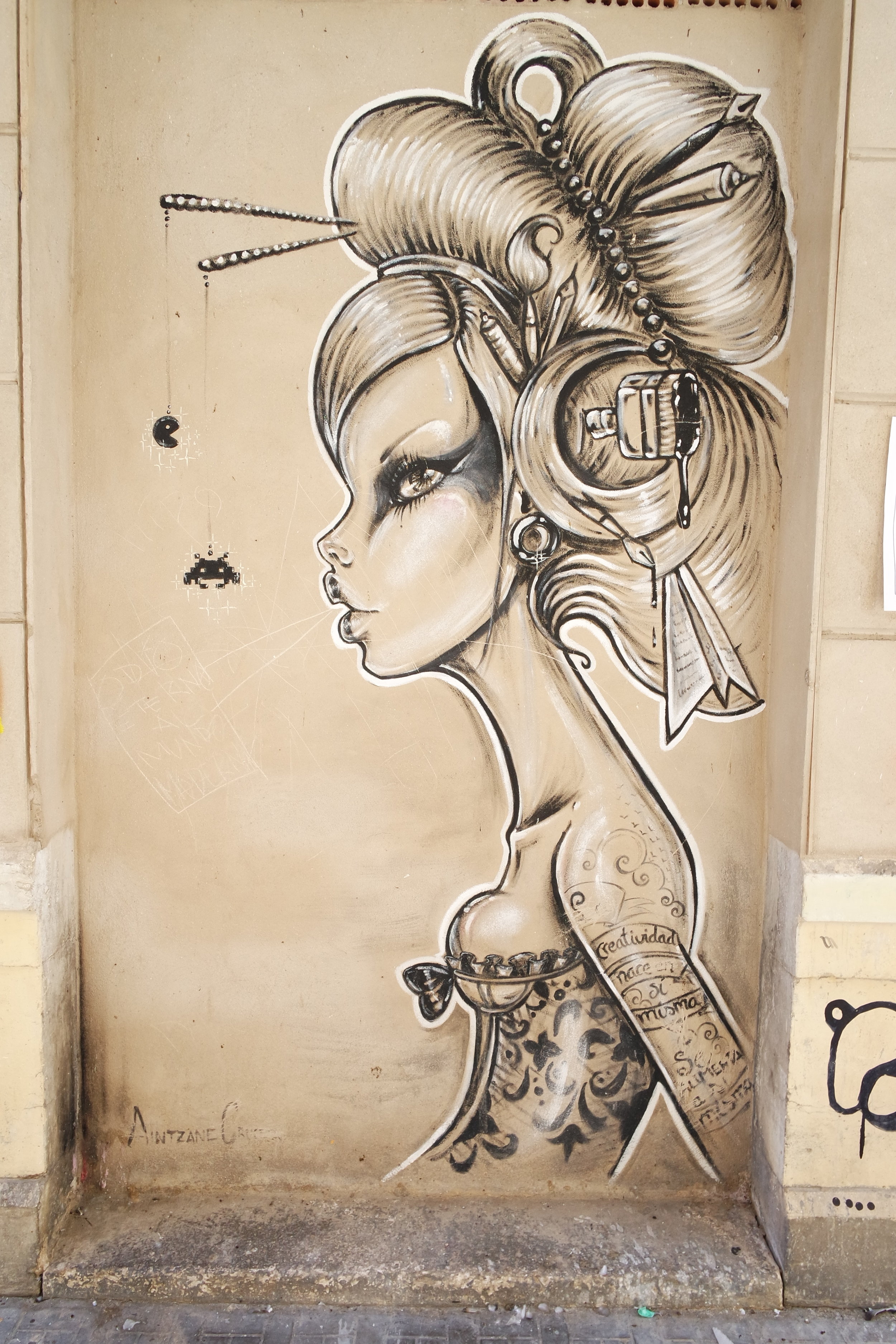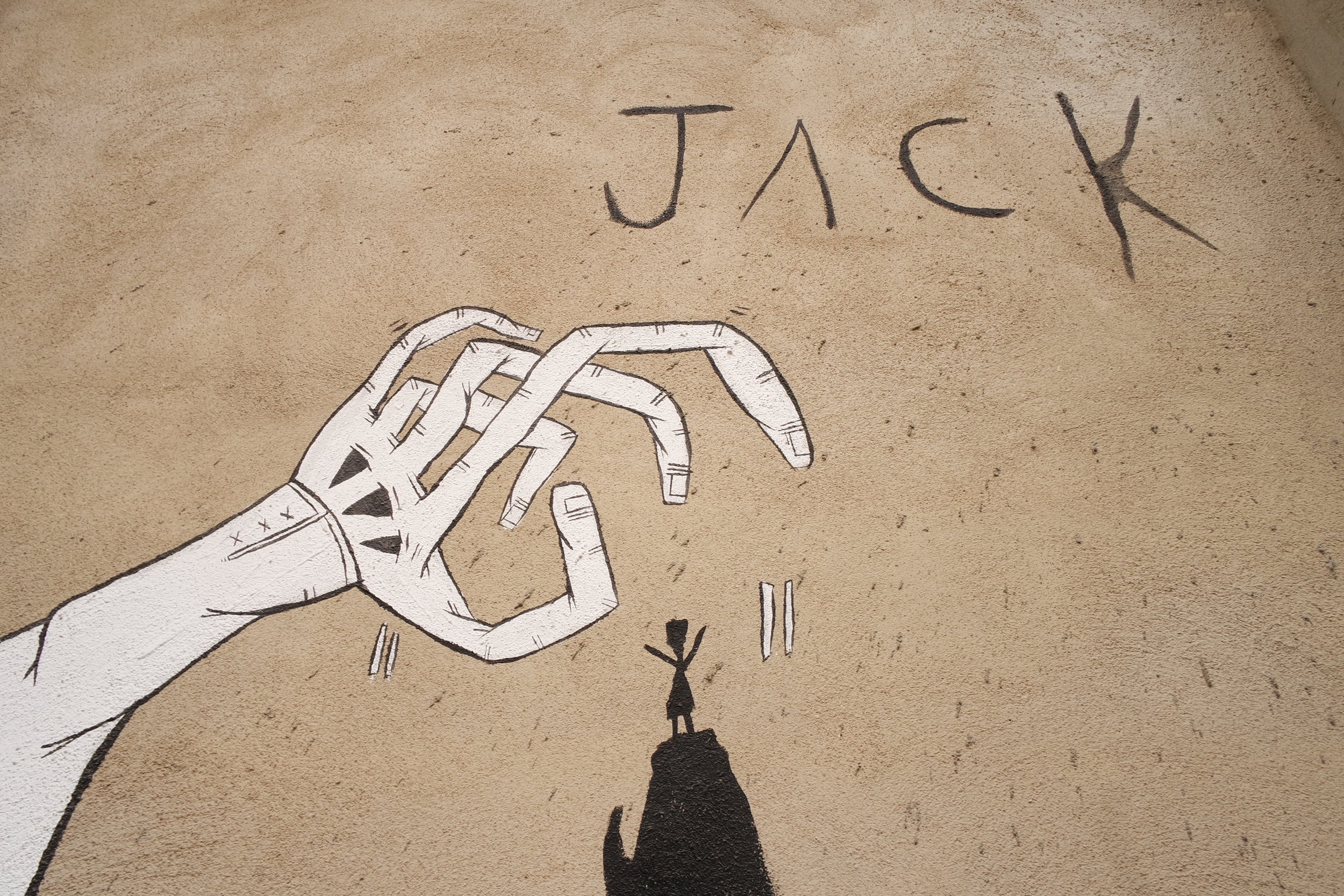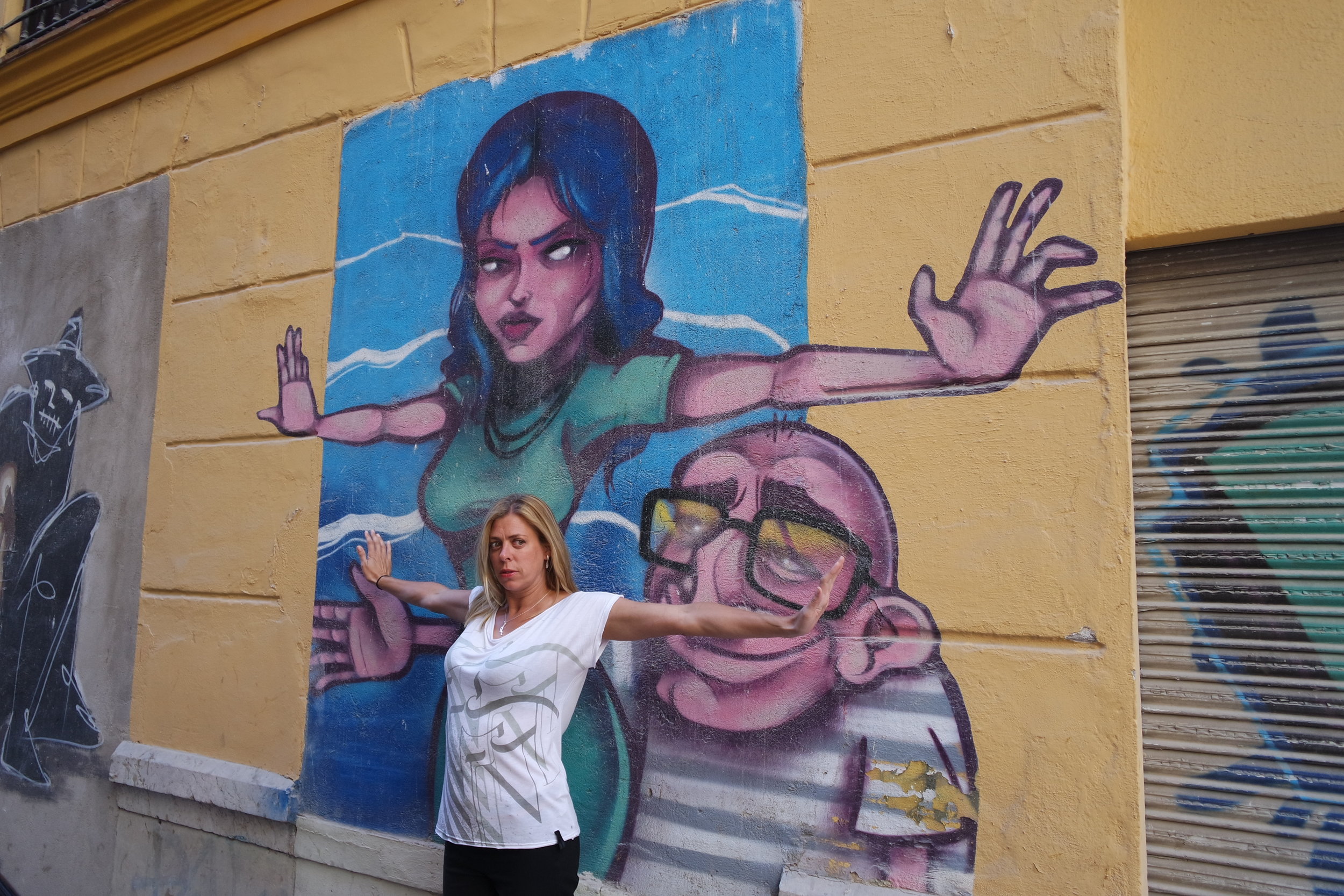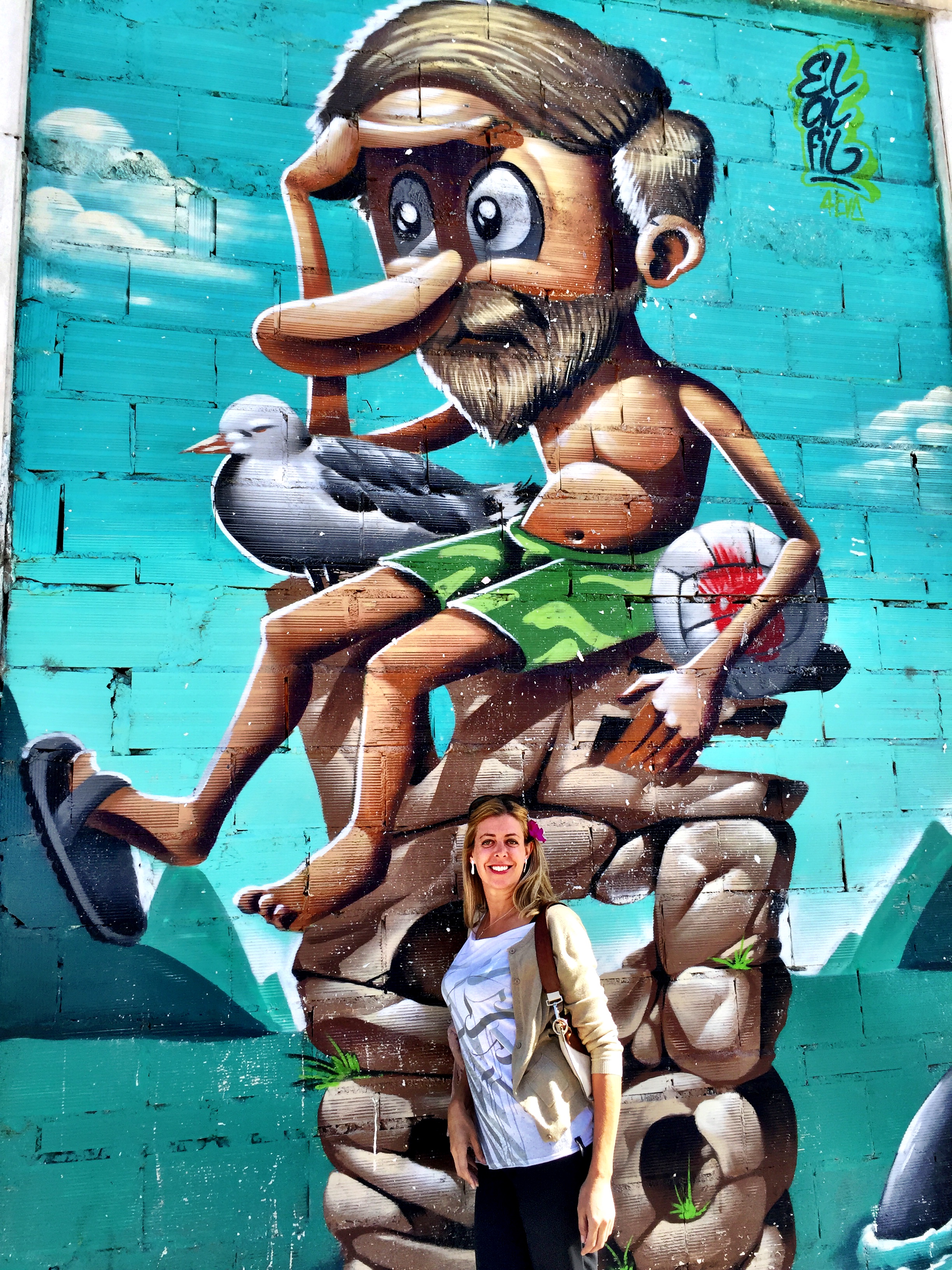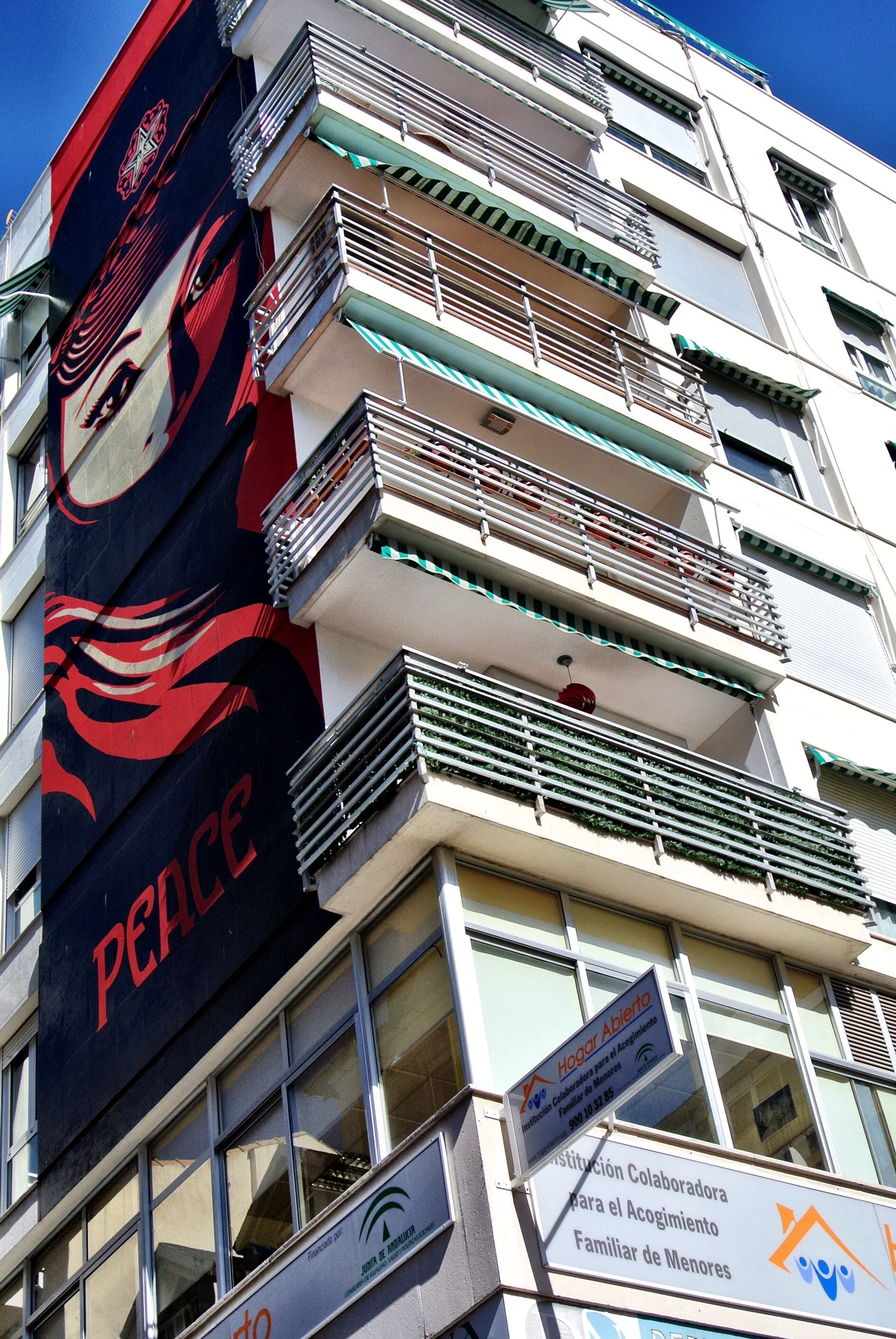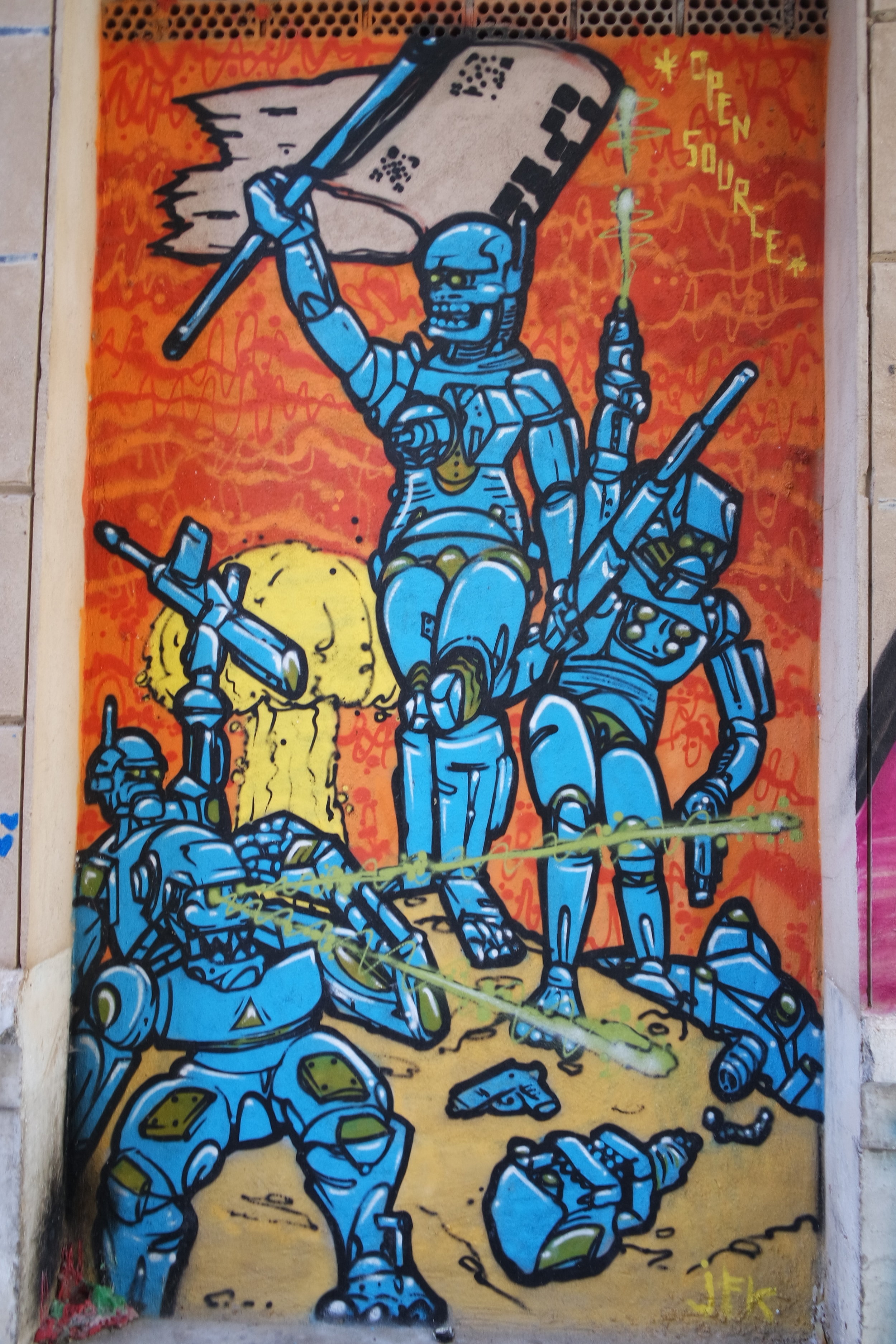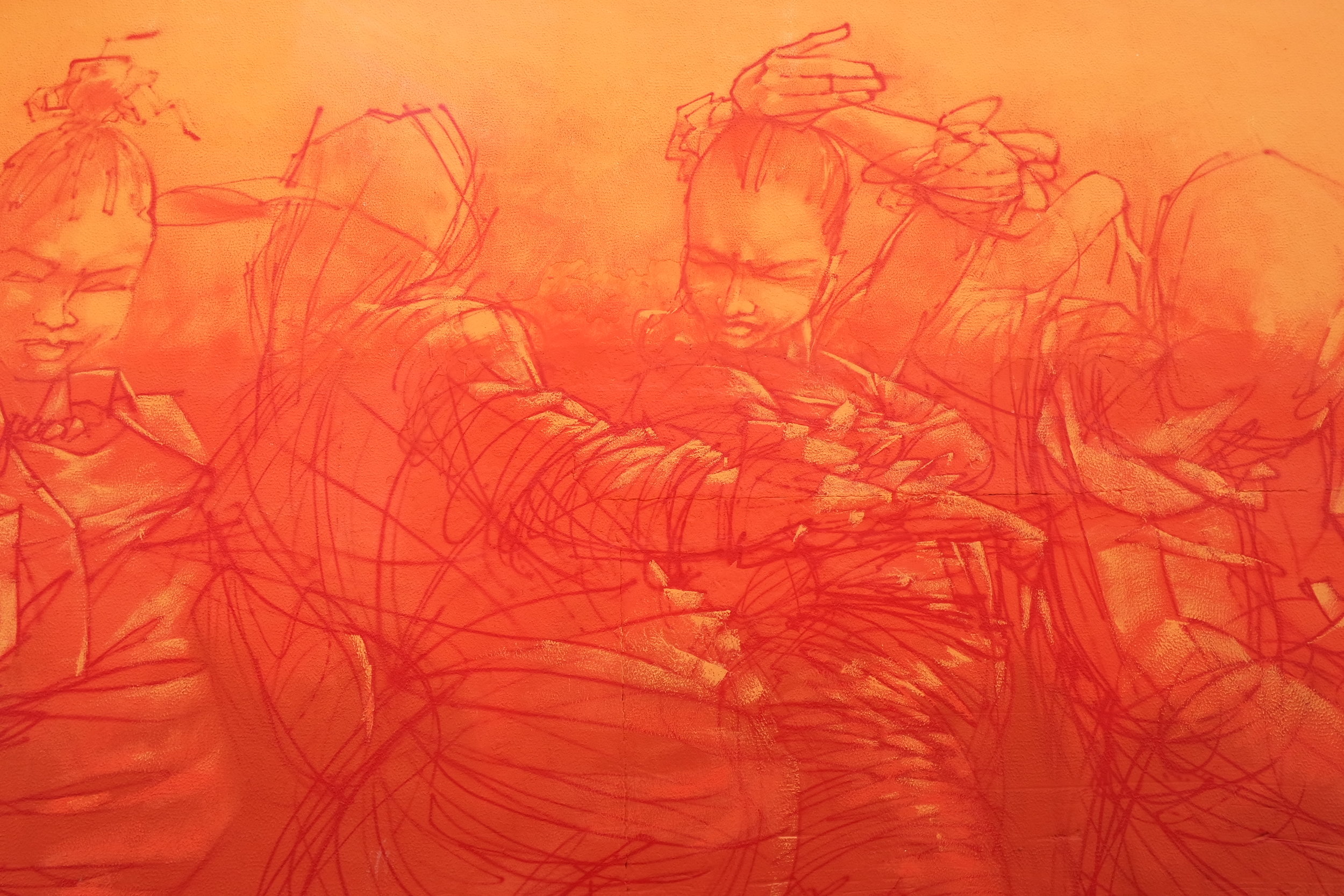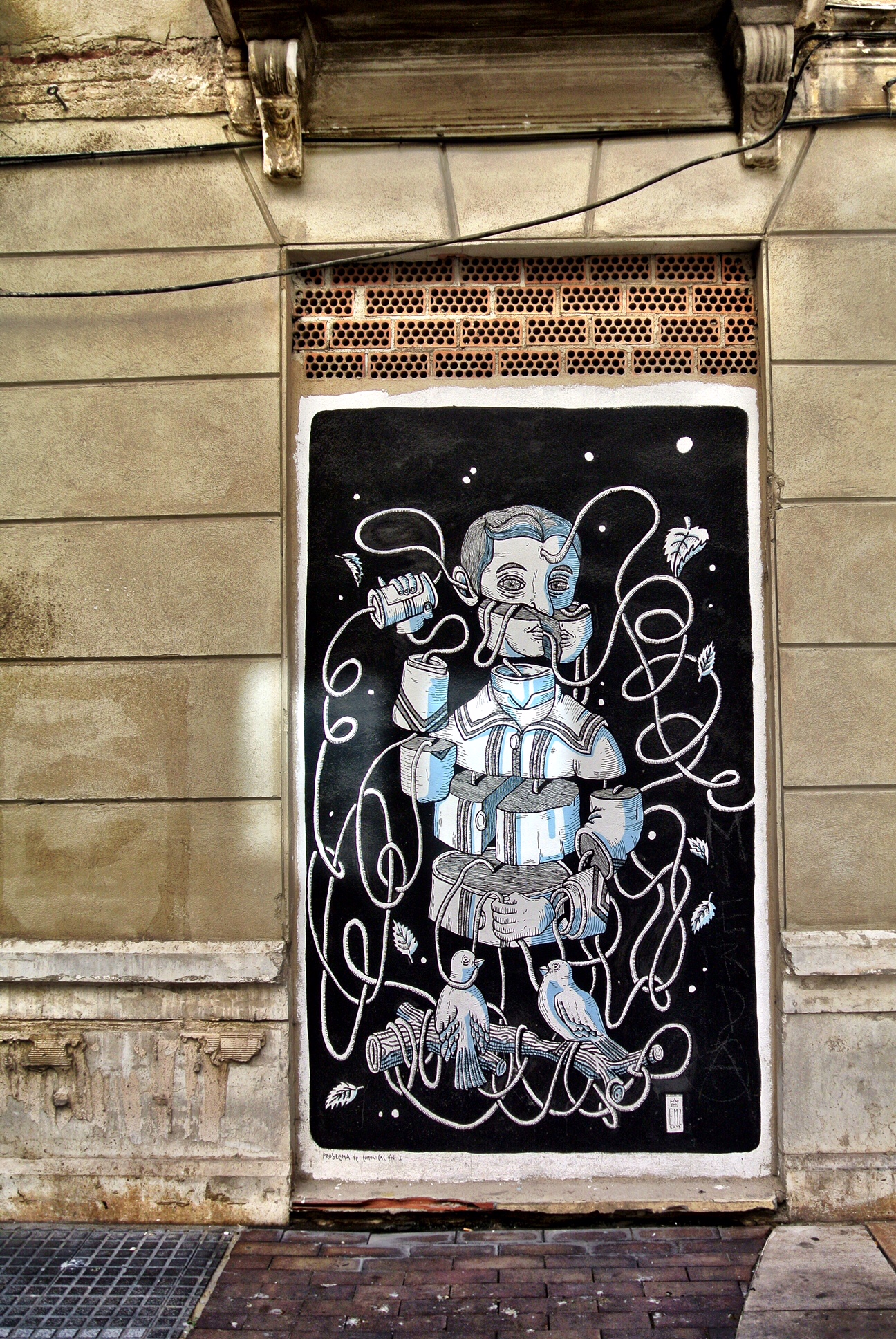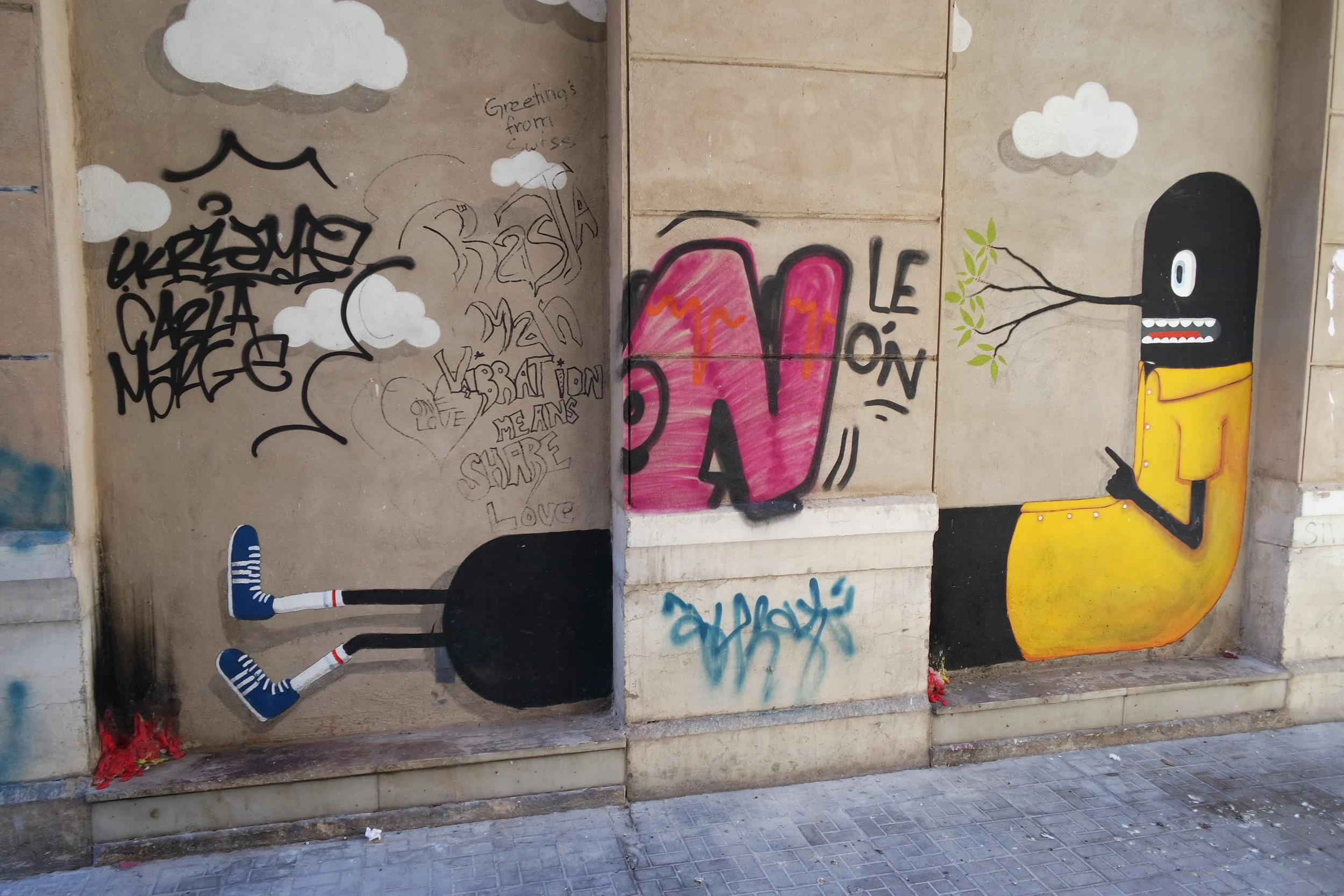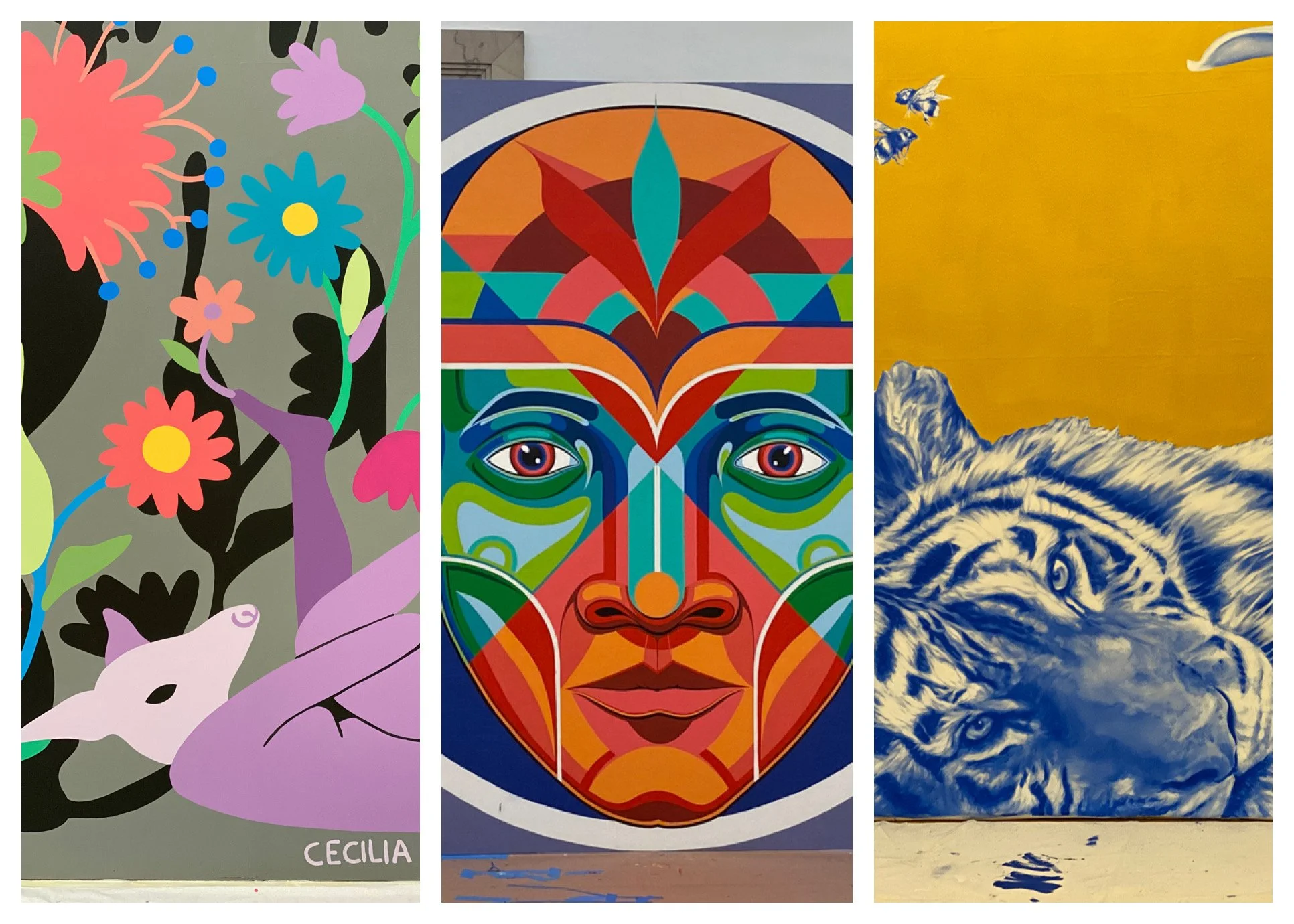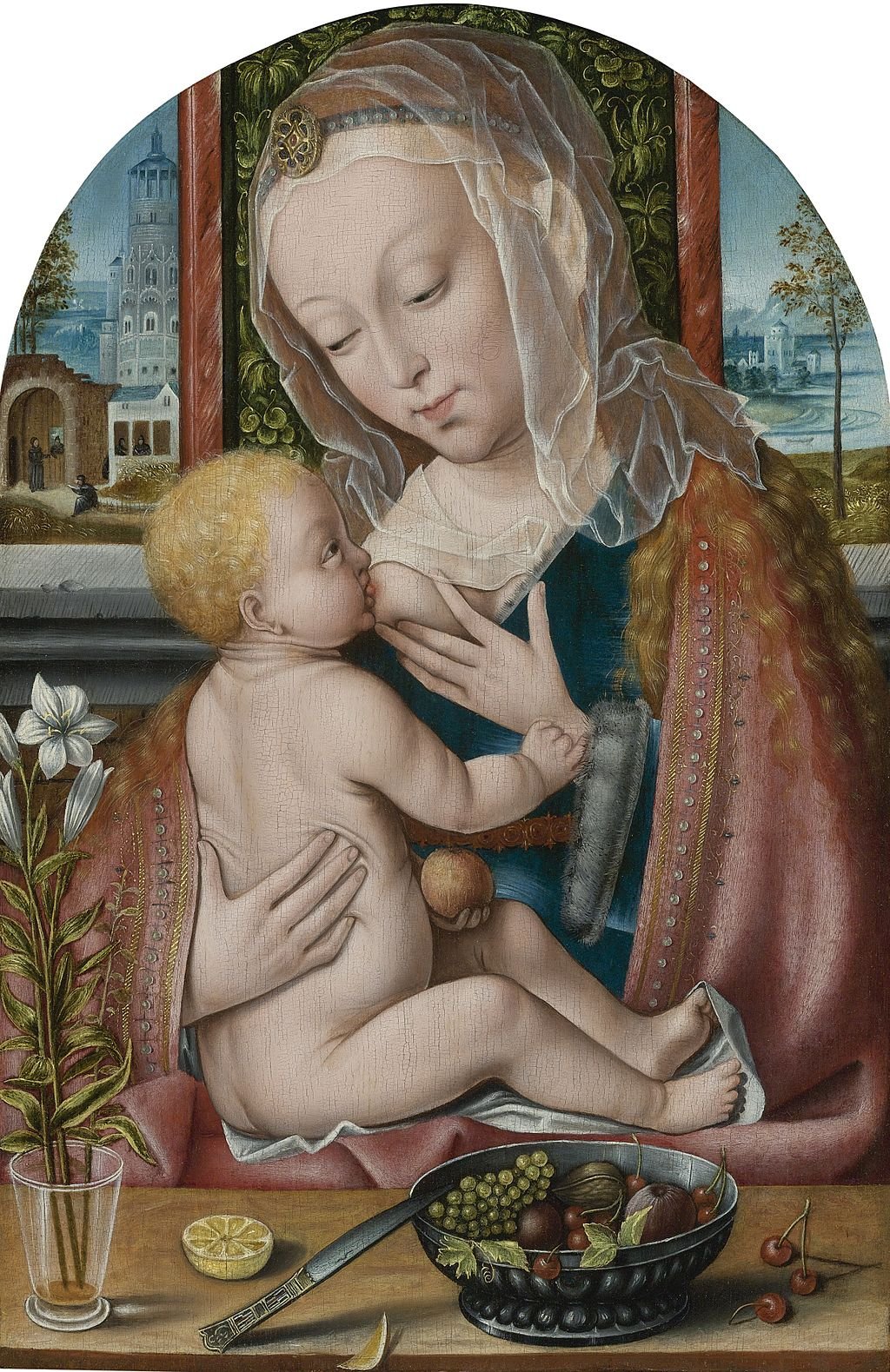If you want to do business in Spain, you need to know about various processes: registration, appointing a fiscal representative, opening a bank account, tax and VAT numbers, and regulations. These tips will help you get started on the right foot.
With its rich culture and passionate people, Spain is an exhilarating place to do business. But it can also be a challenge for those starting a foreign company, who may not be familiar with the country’s customs and way of doing things.
Here are some tips for successfully launching and managing an enterprise in Spain, from navigating the business landscape to building solid relationships with local partners.
Registering a company in Spain
First, contact the local chamber of commerce and industry to register your brand in Spain as a foreigner. They will provide you with the necessary information and help with the registration process.
Second, you will need to draft your company’s statutes and have them approved by a notary. Once you complete that, you can register your firm with the commercial registry. That’s the government body responsible for recording and maintaining information on all companies registered in Spain. To register your corporation, you’ll need to provide them with various documents, including those statutes, a copy of your passport and proof of address.
Once your brand is registered, you’ll be issued a registration certificate.
Appointing a fiscal representative
Foreign companies in Spain must appoint someone authorized to represent the business in all tax matters. They will ensure that the corporation complies with Spanish tax law and files the necessary tax returns.
The fiscal representative must be a resident of Spain and have a valid tax number. They will also be the company’s and Spanish tax authorities’ point of contact. Notably, the representative must keep accurate records of the brand’s financial transactions and file the appropriate tax returns.
Opening a company bank account
The process of opening an enterprise bank account in Spain is relatively simple. You will need to go to any branch of a Spanish bank with your company’s registration documents and ID for the brand’s legal representative. Once you have all the required documents, the bank should be able to open up an account for your business relatively quickly. However, checking with the specific bank beforehand is always advisable to see their requirements.
Getting a Spanish tax number
All companies registered in Spain must have a Spanish Tax Identification Number (NIF). You must go to the local office of the Agencia Tributaria (Spanish Tax Agency) with the enterprise’s registration documents to obtain a NIF.
Upon obtaining a NIF, the agency will issue a Spanish tax number to the business. You must use this number on all tax filings and communications with the agency.
Getting a VAT number
When you have registered, you will be issued a VAT (value-added tax) number which must be quoted on all invoices issued by your brand. The standard VAT rate in Spain is 21%, although there are reduced rates of 10% and 4% for specific items such as books, food and children’s clothing.
If your business is based outside of Spain, you can still register for Spanish VAT if you supply goods or services to customers in Spain. It’s known as “reverse charge VAT” and means that your customer, rather than your corporation, will account for the VAT due on the transaction.
Following health and safety regulations
In Spain, all companies must follow health and safety regulations. These include providing a safe working environment for employees, implementing safety procedures, and ensuring that all products and services are safe for consumers.
For example, companies must provide employees with safety equipment and training, implement safe work procedures, and regularly inspect work areas for hazards. They must also ensure that products and services are safe for consumers by conducting safety testing and providing clear instructions for use.
Adhering to consumer rights
All companies operating in Spain must comply with consumer rights regulations. These include providing accurate information about products and services, honoring warranties and guarantees, and resolving complaints promptly.
For example, when selling a product, businesses must provide accurate and up-to-date information about that product. It includes the price, features, and any potential risks or hazards associated with using it. If a product comes with a warranty or guarantee, the enterprise must honor that agreement. And if a customer has a complaint about a product or service, the company must address that complaint promptly and professionally.
The Bottom Line
If you’re a foreigner looking to successfully start a company in Spain, keep the following in mind: Be adaptable, passionate and willing to put in the hard work. With these qualities — and these helpful pointers — you should be able to overcome any challenge and make your business thrive in Spain.
Now that you know what it takes to successfully run a biz in Spain, what are you waiting for? Start putting these tips into practice and start making some dinero in this beautiful country. –Vivian Gross





